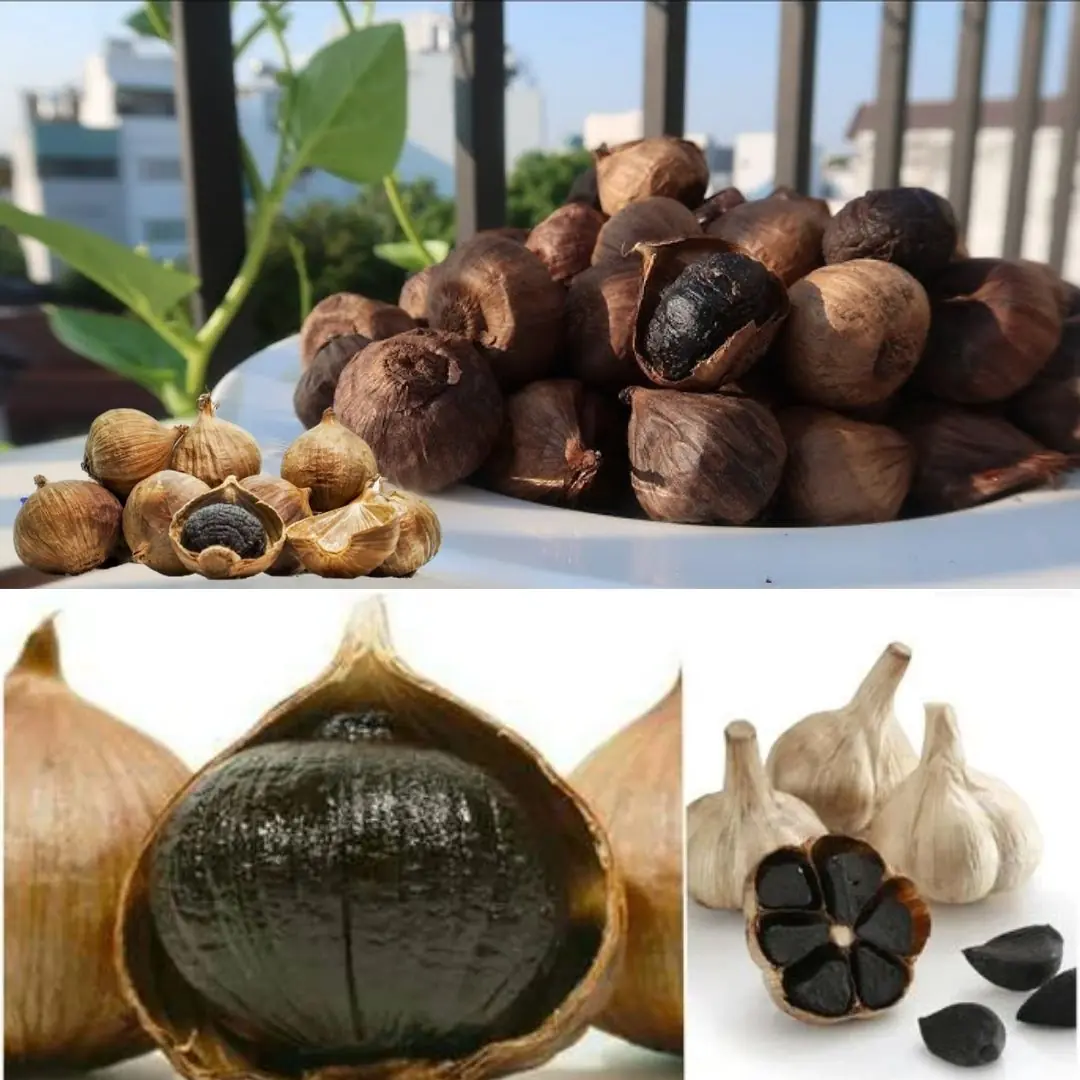
She Once Lived in a Shed With Her Mom, Not Knowing Her Father & Barely Surviving — Now She's a Top Star
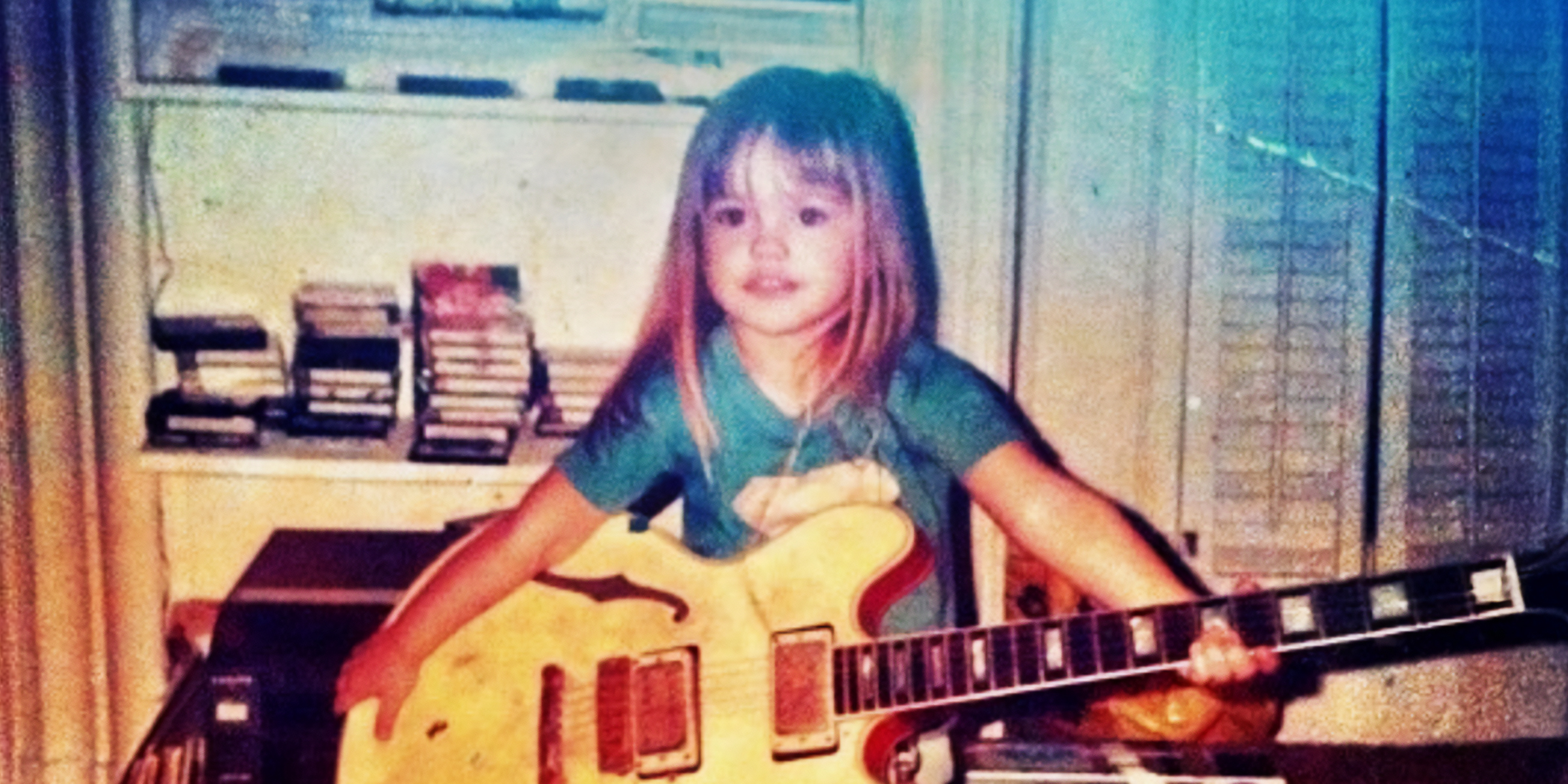
From Homelessness to Hollywood: Minka Kelly’s Journey of Survival, Healing, and Success
She spent her childhood never knowing where she'd sleep from one night to the next. But years later, a job at a hospital showed her a surprising truth—that she could not only survive, but thrive. Today, Minka Kelly has built a successful Hollywood career spanning more than two decades, proving that resilience and determination can shape even the most uncertain beginnings into something remarkable.
Minka Kelly was just a little girl when she first sensed that her life didn’t resemble the lives of other children around her. While others came home to steady routines, backyards, and bedrooms of their own, she and her mother bounced from place to place, grabbing hold of any shelter they could find—often relying on luck, tips, and fleeting kindness to get through the day.
She barely knew her father. Her mother, Maureen Dumont Kelly, was the one consistent figure in her life, though that consistency rarely offered comfort or stability. Shaped by late-night shifts and extended absences, Maureen’s presence came in waves—sometimes joyful, sometimes chaotic, but always unpredictable. Yet, in the midst of this instability, Minka learned to survive, and eventually, to build a life for herself that was far more solid than the one she was born into.
Minka was born on June 24, 1980, the result of a brief relationship between Maureen and Rick Dufay, a guitarist best known for his time with Aerosmith. The couple met in 1979, but their relationship dissolved quickly, leaving Maureen to navigate pregnancy and parenthood on her own. Rick was absent, emotionally and physically, playing no role in his daughter's upbringing.
“My mom was on her own for a very long time,” Minka would later say. “She was just surviving and doing her best. She might not have been entirely equipped to raise a child—but she loved me the best way she knew how.”
Survival became the foundation of Minka’s childhood. Maureen, often nicknamed “Mo,” worked as an exotic dancer in Los Angeles, using her charisma and theatrical flair to earn a living. From an early age, Minka saw the stark contrast between her life and the lives of her peers. While others came home to family dinners and stability, she spent nights in storage units and tiny, makeshift rooms.
When they couldn’t afford their apartment anymore, a kind landlady allowed them to stay in a 125-square-foot storage shed behind the building. It was barely livable—a tight squeeze with little space between a mattress and the walls—but Maureen tried to make it feel special. She hung Christmas lights, turned the space into a “stage,” and did her best to fill it with laughter and movement.
“At thirty-one, she was really just an oversized kid,” Minka would later write in her memoir. “And I was her favorite playmate.”
Maureen often took her young daughter to Crazy Girls, a strip club where she performed. Some nights, when money was good, they would shop for groceries at 2 a.m.—a routine that felt normal in a life that lacked consistency. Known for her bold stage performances—like her “bag lady” act where she stripped layers of clothes to surprise the audience—Maureen combined humor and grit to get by.
But she was also deeply unreliable. Days or even weeks would pass without word. When she vanished, Minka stayed with whichever friend or acquaintance could take her in. The sense of abandonment left deep emotional scars.
“I spent a lot of my youth wishing my mom was something she wasn’t,” Minka later admitted. “Wishing she was like the other moms.”
As she entered adolescence, things did not improve. She was sent to live with her stepfather’s extended family in New Mexico—a move meant to provide structure but which only left her more disconnected. She found herself surrounded by strangers, far from the only parent she had ever known, and struggled to adapt.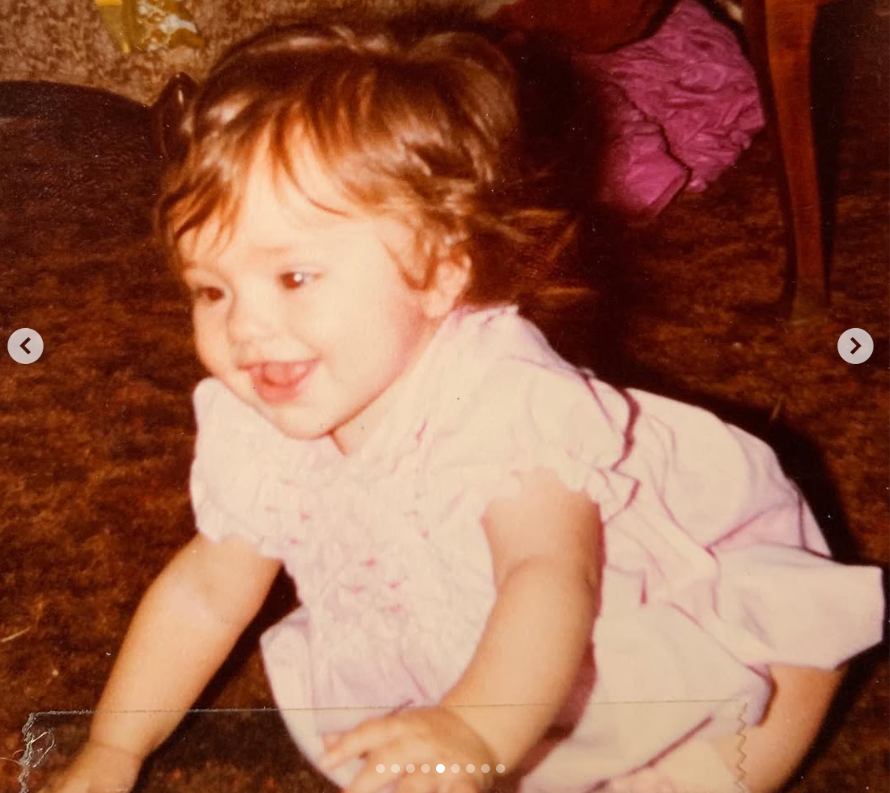
She fought often in school, skipped classes, and felt more lost than ever. Without the presence of her mother or father, she drifted, shaped by an unstable foundation and unclear direction. Living with relatives didn’t fill the emotional void—it only emphasized how isolated she truly felt.
In early adulthood, Minka chose to reconnect with her father, Rick Dufay. Though they’d crossed paths briefly throughout the years, they had never formed a real bond. When she moved back to Los Angeles, she reached out, hoping to forge something meaningful.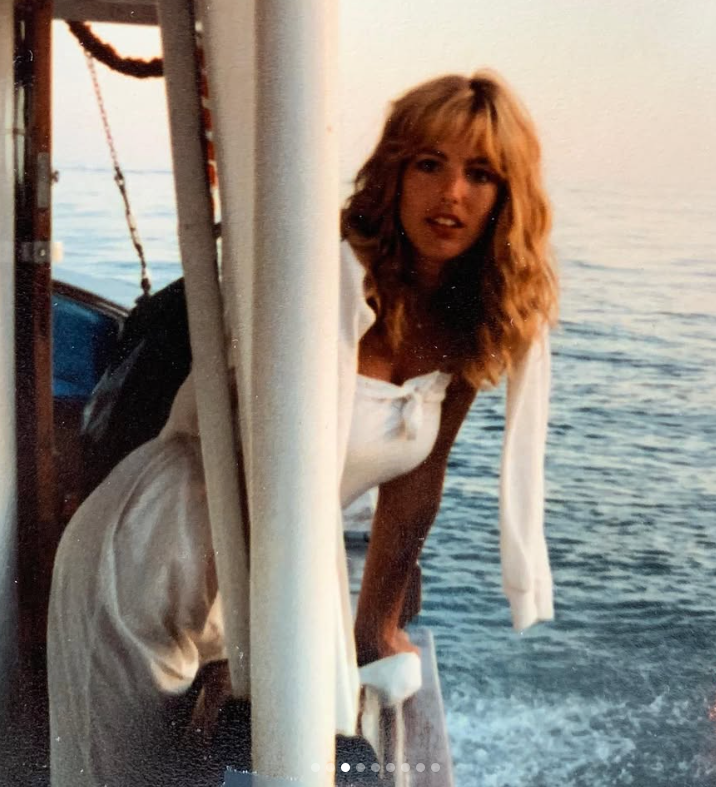
She shared a childhood photo with him on Instagram in 2018, writing, “This is around the time he tried to make things work with my mom. We went our separate ways and lived our separate lives.” Through time, therapy, and painful conversations, they slowly began to rebuild their relationship.
“When I was ready, he was there,” Minka wrote. “It was a very bumpy road to start, but we found our way. Thank God for therapy.”
Around the same time, she found work at a surgeon’s office. It wasn’t glamorous, but it changed everything. For the first time, she realized she could succeed through discipline and skill. Inspired, she enrolled in nursing school to become a scrub nurse.
“Being good at something is really good for you as a person,” she said. “It was the first time I had evidence that I was good at something—just me, my skills, and my brain.”
Though she wore a mask and gown in the operating room, what she discovered underneath was a new sense of confidence and worth. It marked the beginning of a new chapter.
While living in Los Angeles, she explored modeling and eventually turned to acting. Her breakout role in the critically acclaimed series Friday Night Lights introduced her to a wider audience. From there, she landed roles in films like 500 Days of Summer, The Roommate, Just Go with It, and The Butler.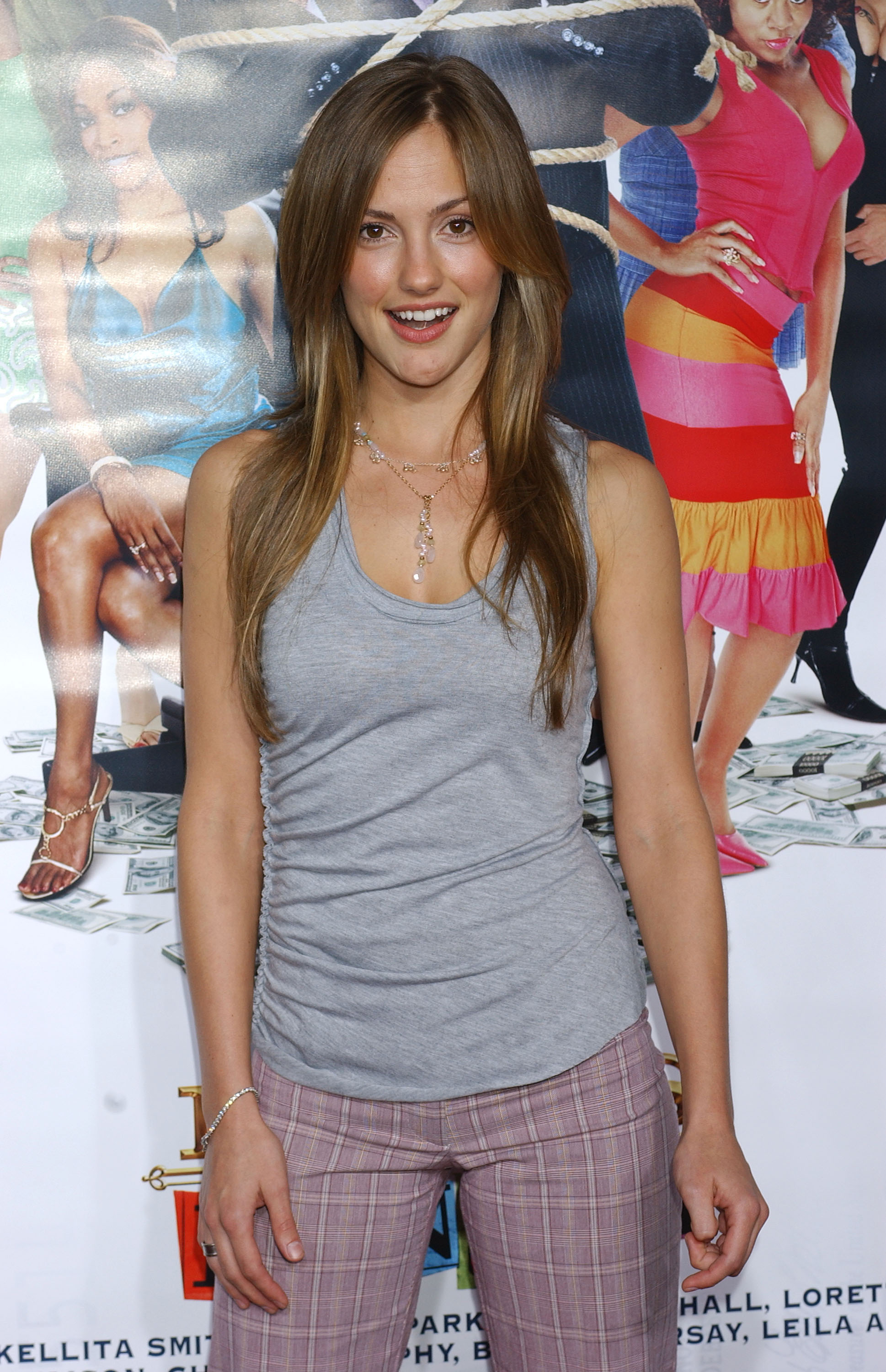
The qualities that helped her survive—grit, resilience, adaptability—became assets in her acting career. But with growing success came personal tension. Her mother, once the center of her world, became increasingly dependent on her financially, leading to strain and, eventually, estrangement.
When Maureen was diagnosed with colon cancer, a therapist encouraged Minka to confront their painful past. But when she finally sat with her ailing mother in hospice care, she saw a woman already overwhelmed with sorrow and guilt. She chose compassion over confrontation and remained by her side until the end.
In a deeply emotional moment, Minka climbed into the hospice bed with her mother, holding her tightly—finally offering the closeness that had eluded them for so many years.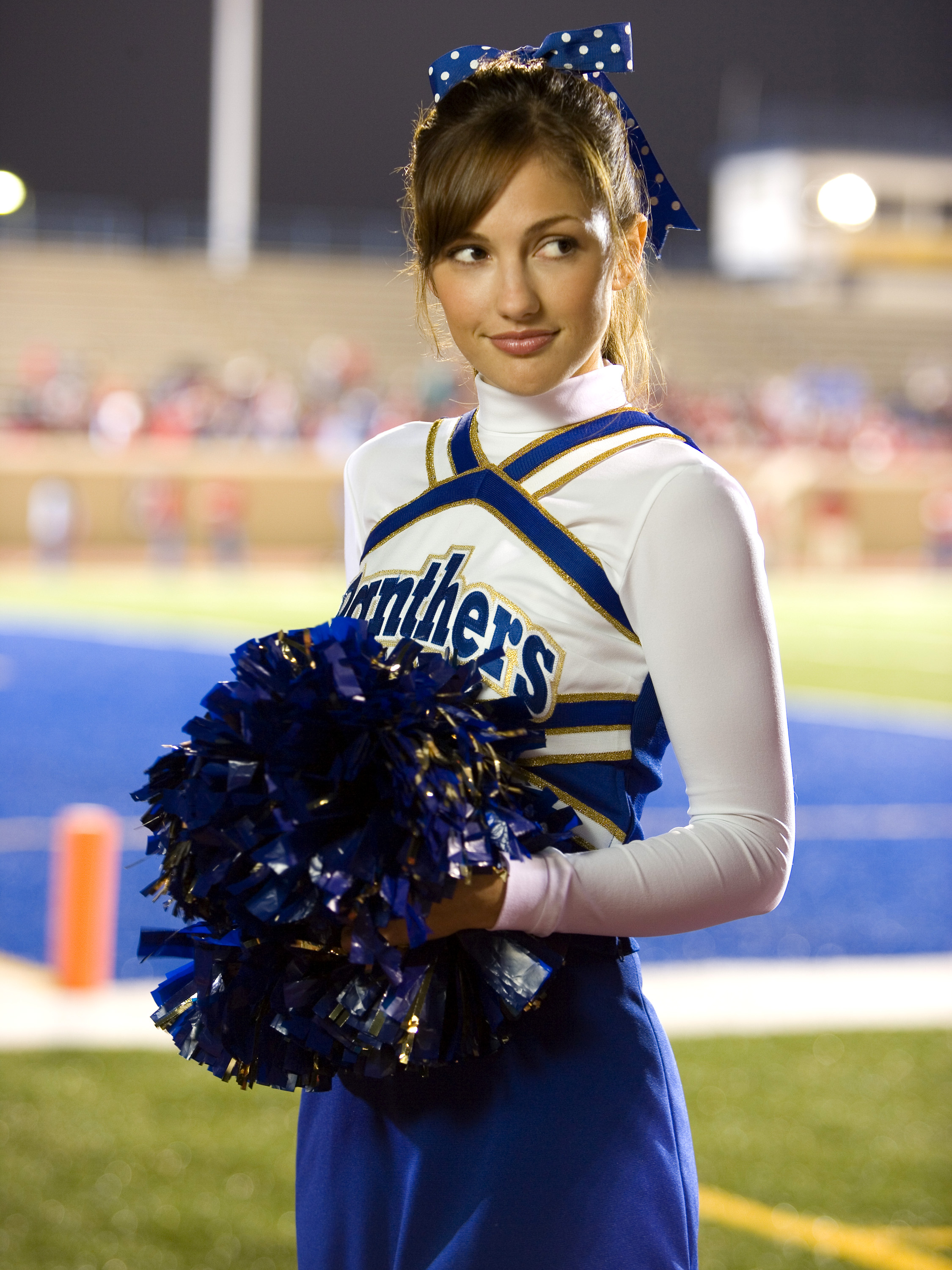
There is one regret she still holds close: missing their last Thanksgiving together. Though she had promised to make it to the next one, deep down, she knew it would be their last.
After years of silence about her past, Minka decided to tell her story in full. Originally envisioned as a screenplay, the pandemic pushed her to write a memoir instead. Tell Me Everything draws from a lifetime of letters she wrote to her mother and the longing embedded within them.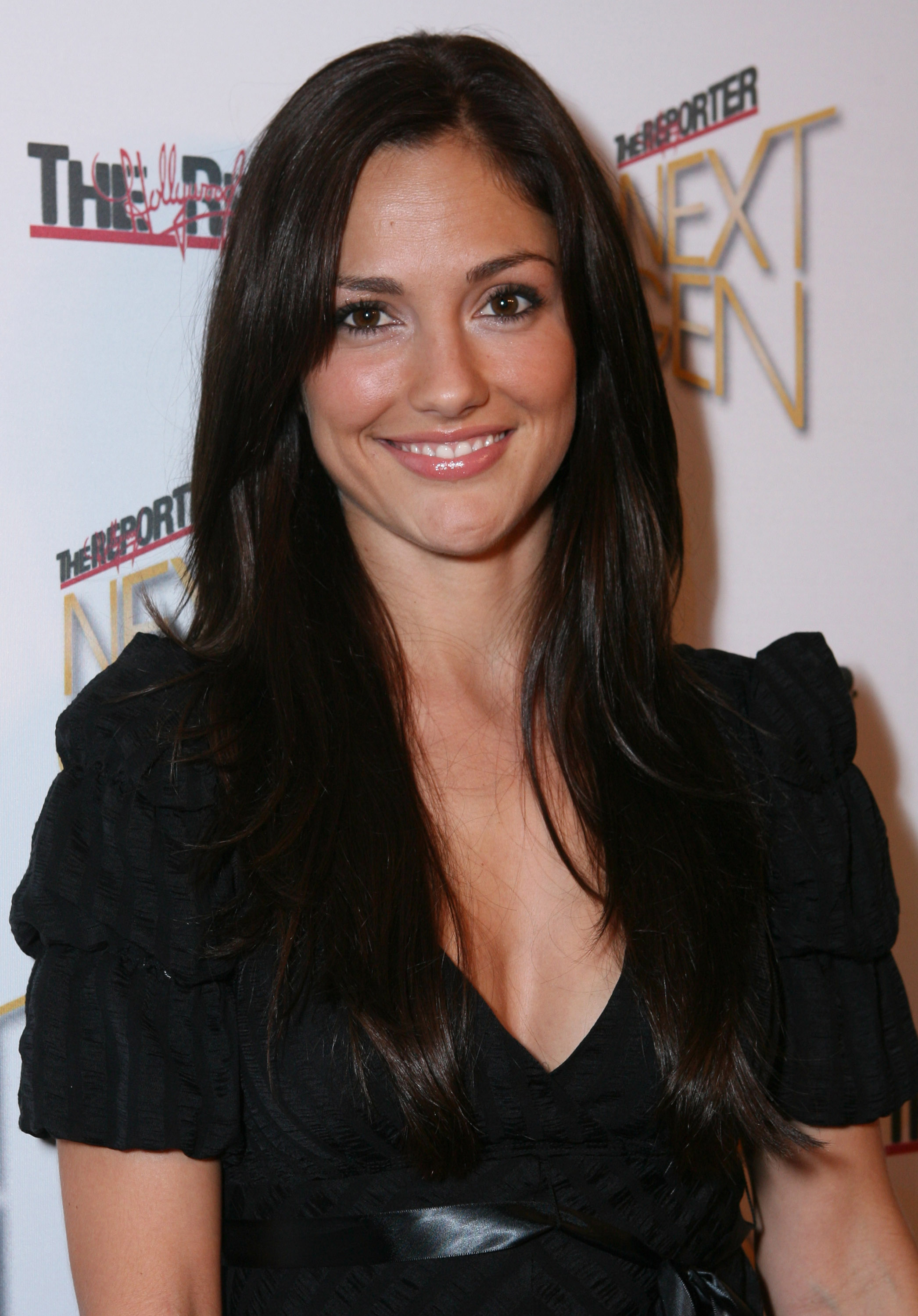
“I wanted to be fully transparent,” she said. The memoir isn’t just about hardship—it’s about growth, forgiveness, and learning not to be defined by your origins. “We don’t have to be a victim of our circumstance.”
Now 44, Minka continues to act in film and television. Most recently, she appeared in Netflix’s Ransom Canyon, which includes a brief cameo from her partner, Imagine Dragons frontman Dan Reynolds. Though private about her personal life, she acknowledged that he “had a great time” filming the scene.
Off-screen, she’s found peace in creative hobbies like candle-making, recently speaking to The New York Times from a studio in New York’s West Village. Pouring wax into molds, she reflected, “I love using my hands.”
Looking back, she doesn't shy away from the pain. “Maybe I suffered so much early on so I could really enjoy this part of my life,” she said.
News in the same category

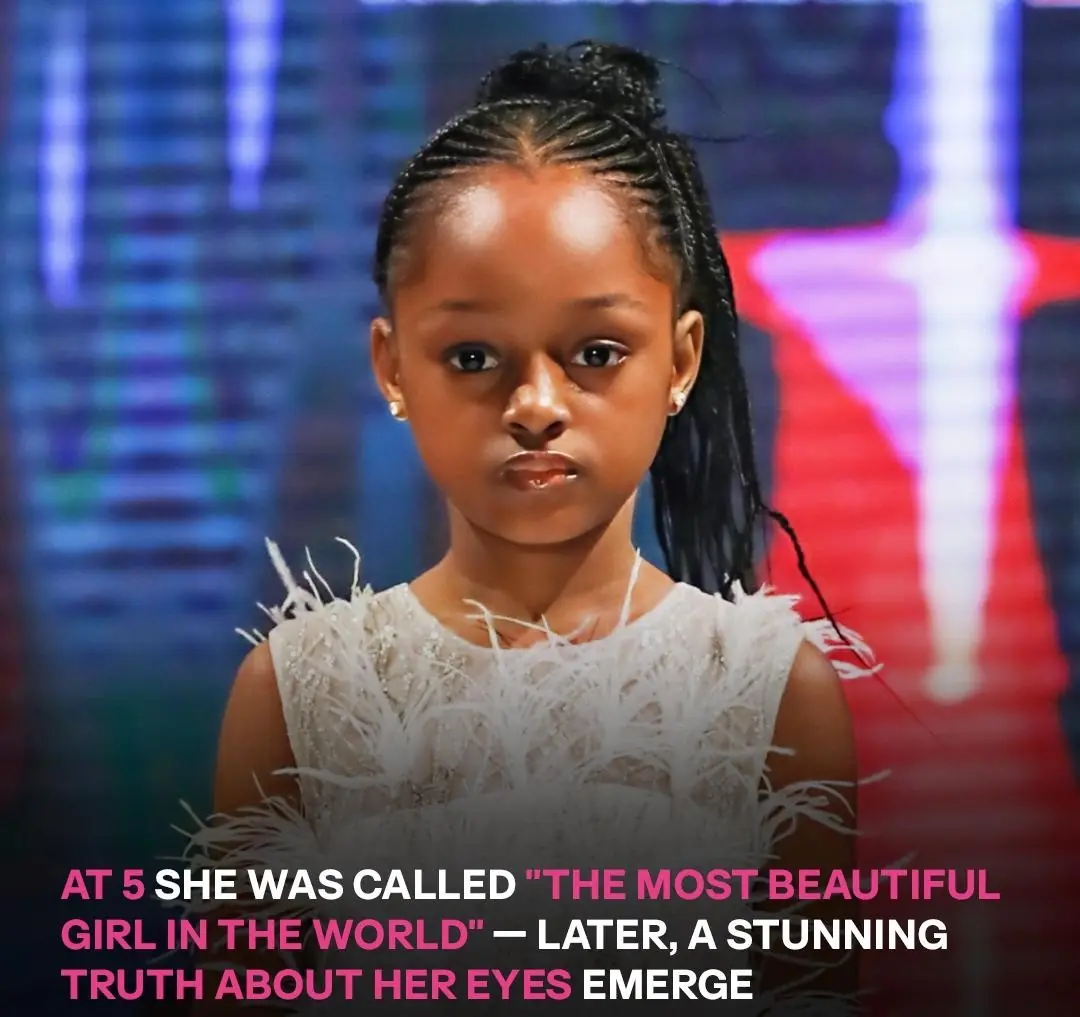
She Was Dubbed 'The Most Beautiful Girl in the World' at 5 – How She Has Changed Will Shock You
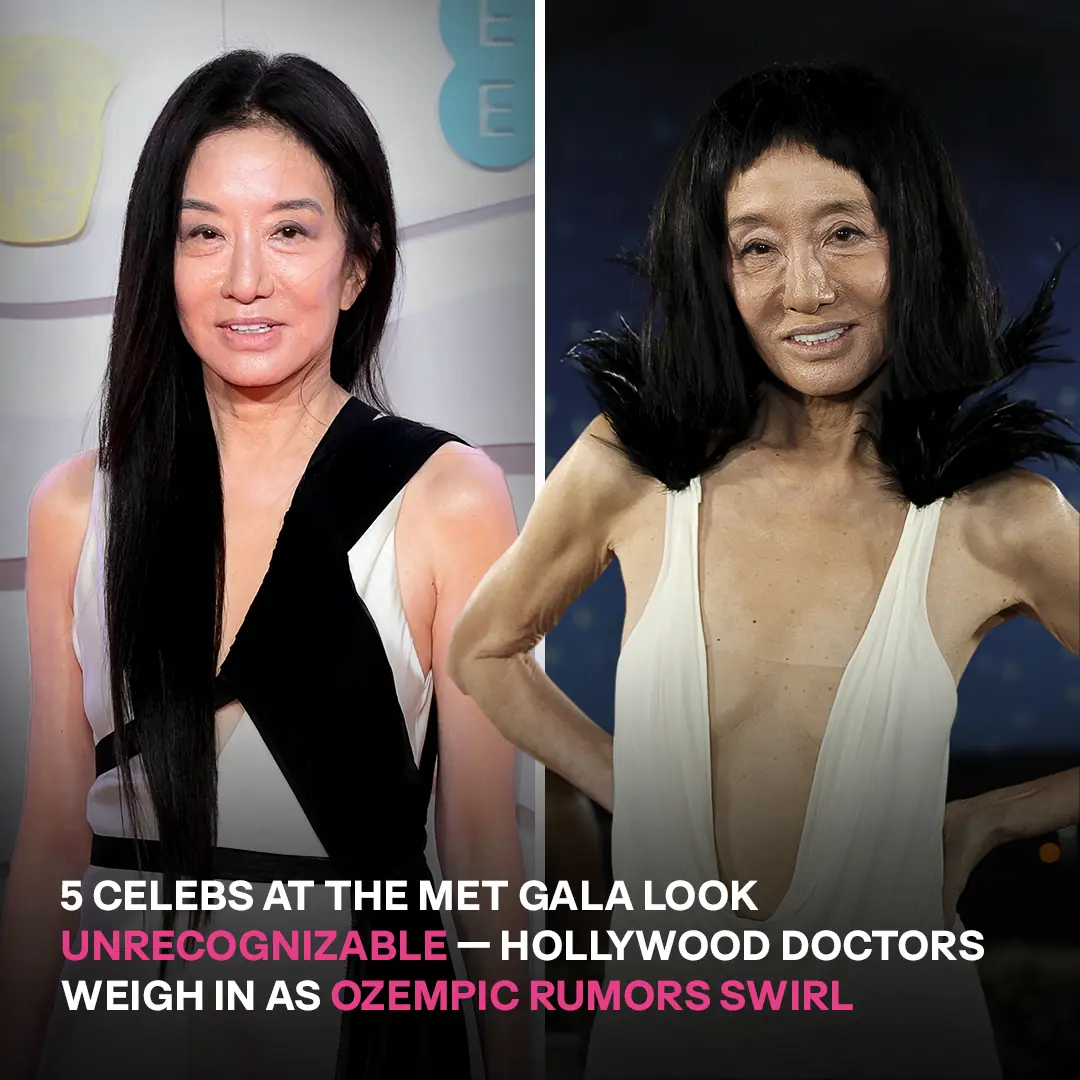
Ozempic at the Met Gala: 5 Celebs Who Reportedly Show Drastic Weight Loss — Hollywood Doctors Speak Out
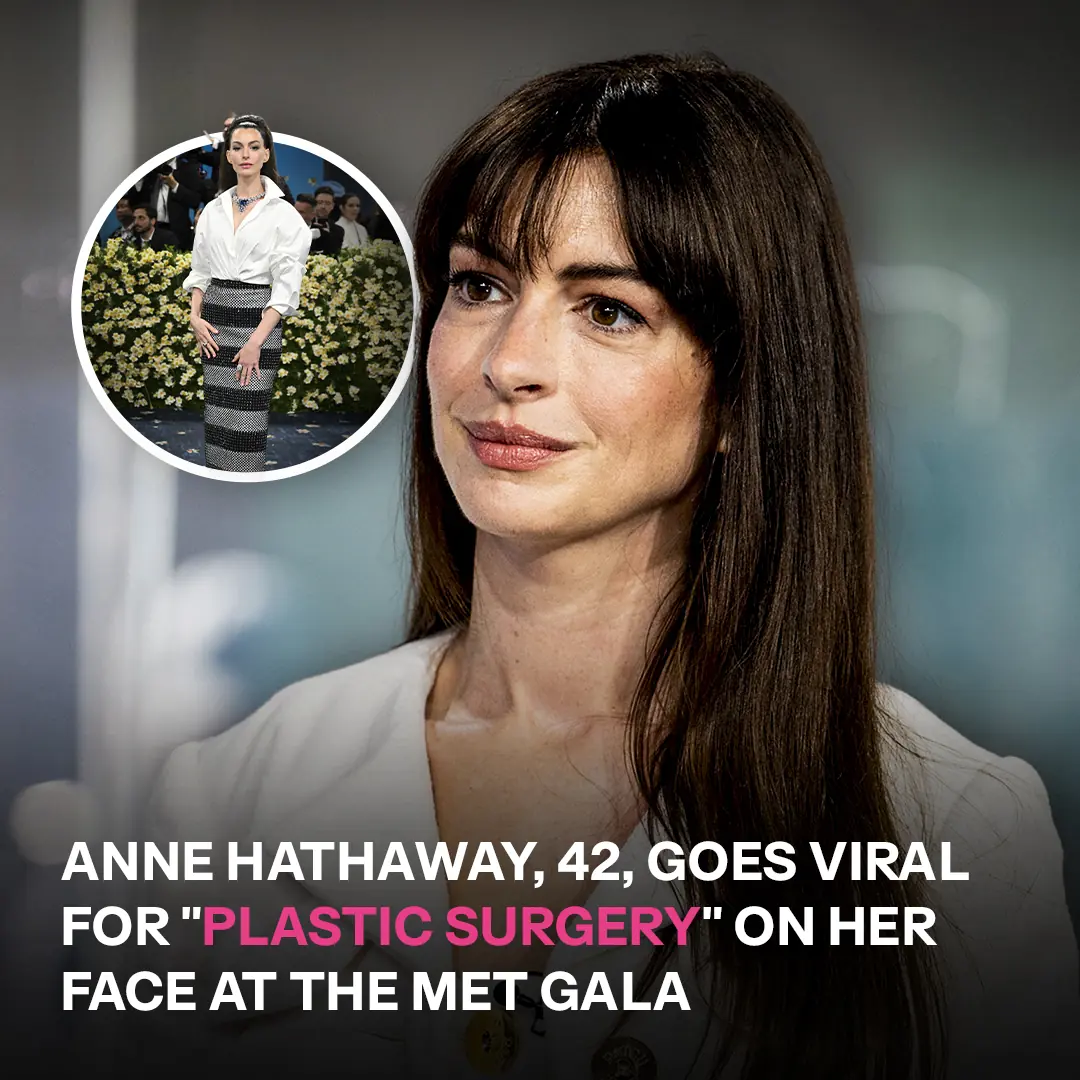
Anne Hathaway Faces Plastic Surgery Speculation After 'Tight' Met Gala Look Goes Viral
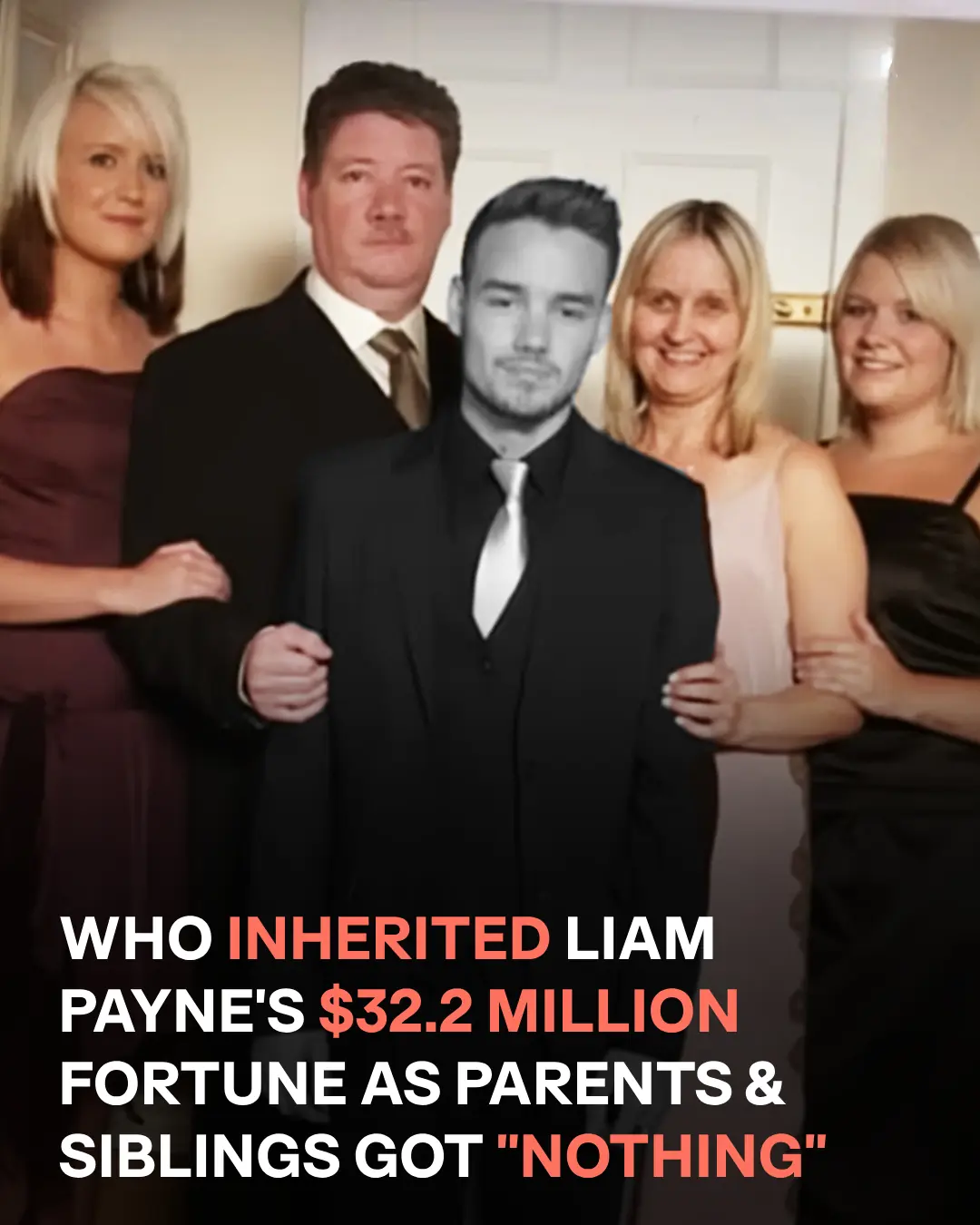
Administrator of Liam Payne's $32.2 Million Estate Revealed, Causing a Public Stir
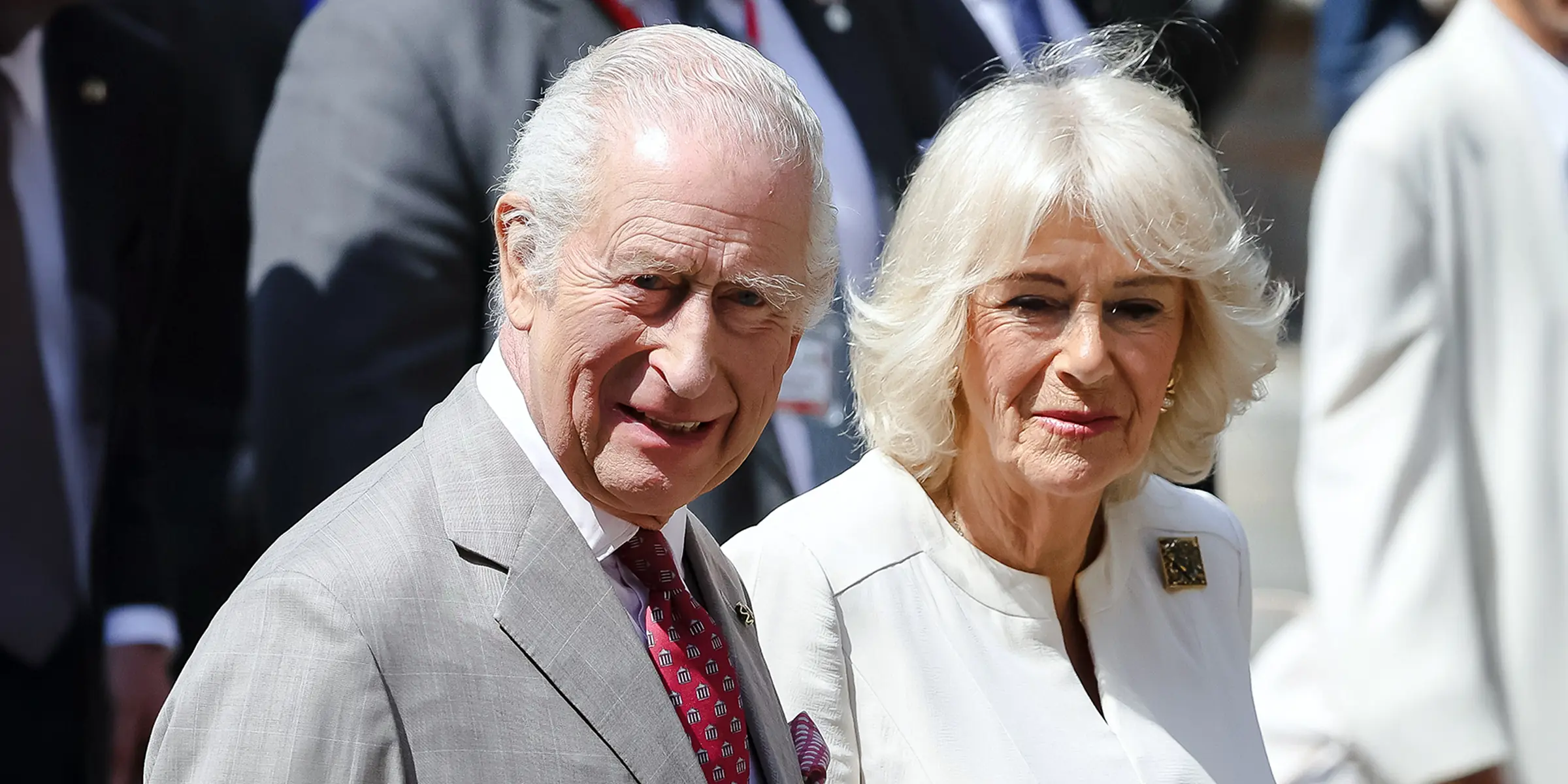
Coronation State Portraits of King Charles and Queen Camilla Spark Mixed Reactions
Two freshly unveiled portraits have reignited a centuries-old royal tradition while sparking a wave of unexpected public commentary.
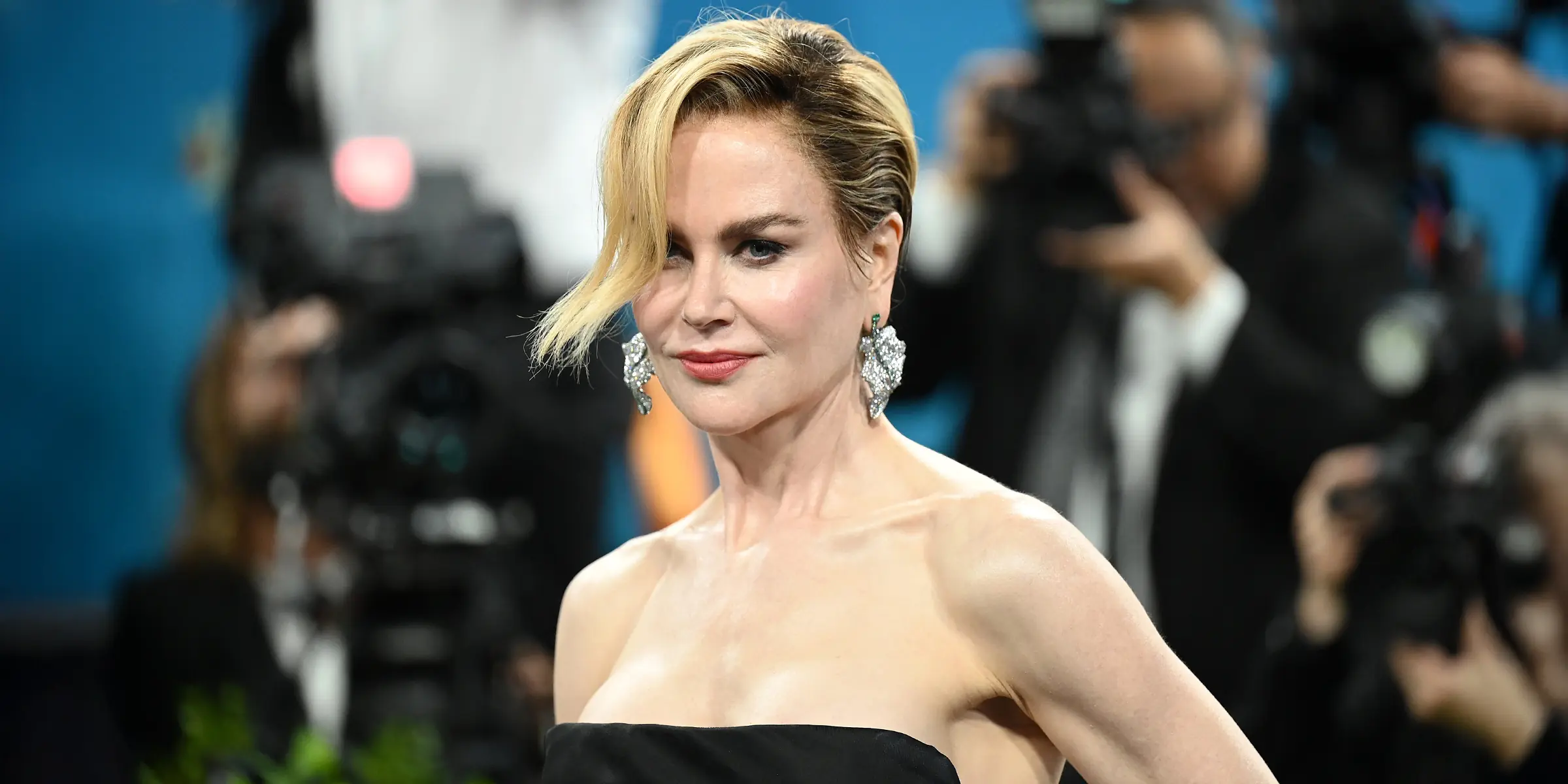
'Is She Ok?': Nicole Kidman, 57, Sparks Concern After Her 2025 Met Gala Appearance - Video
The "Big Little Lies" actress is a Met Gala regular who often sparks conversation with her bold fashion or dramatic hair transformations.
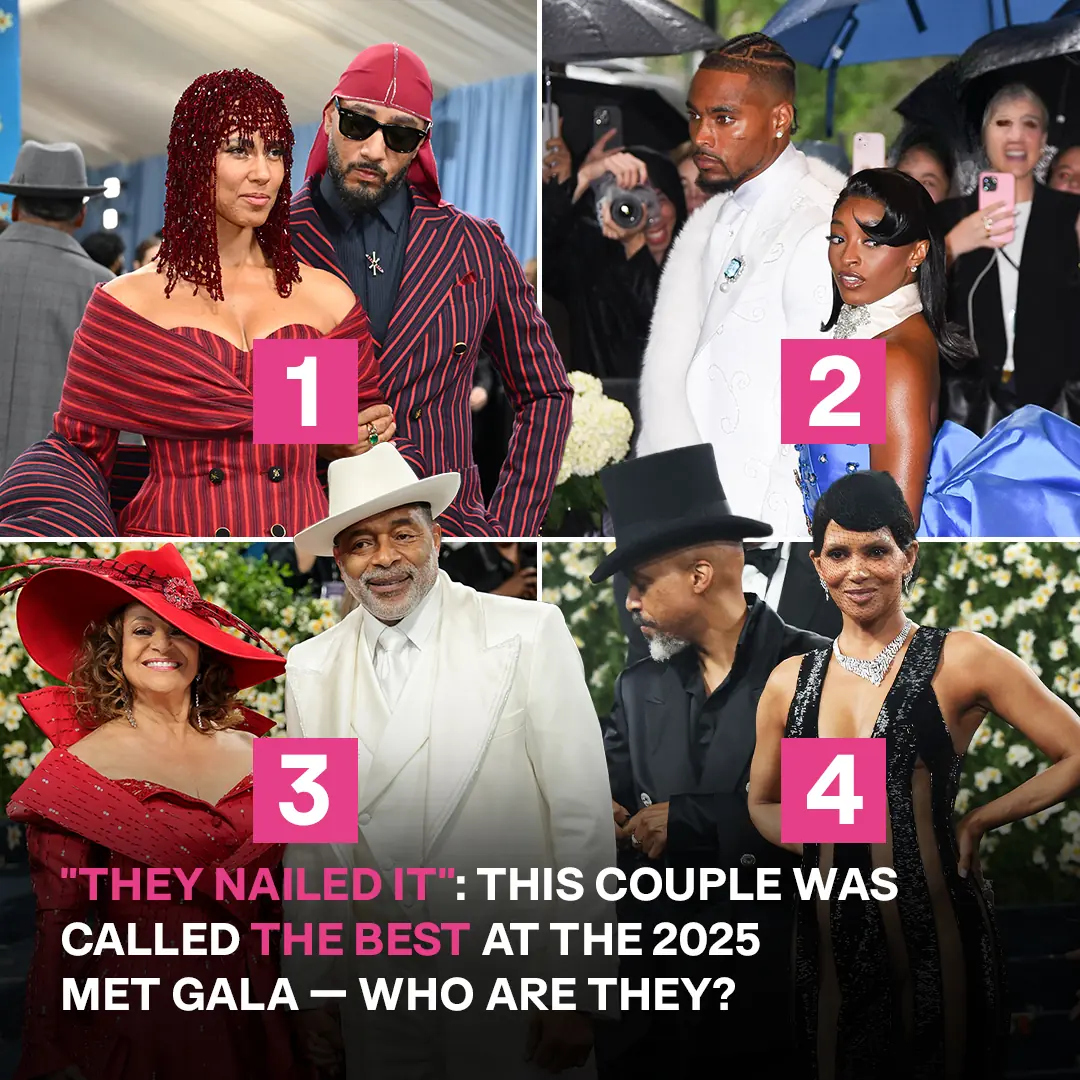
10 Celebrity Couples That Sparked Discussion at the 2025 Met Gala — Photos
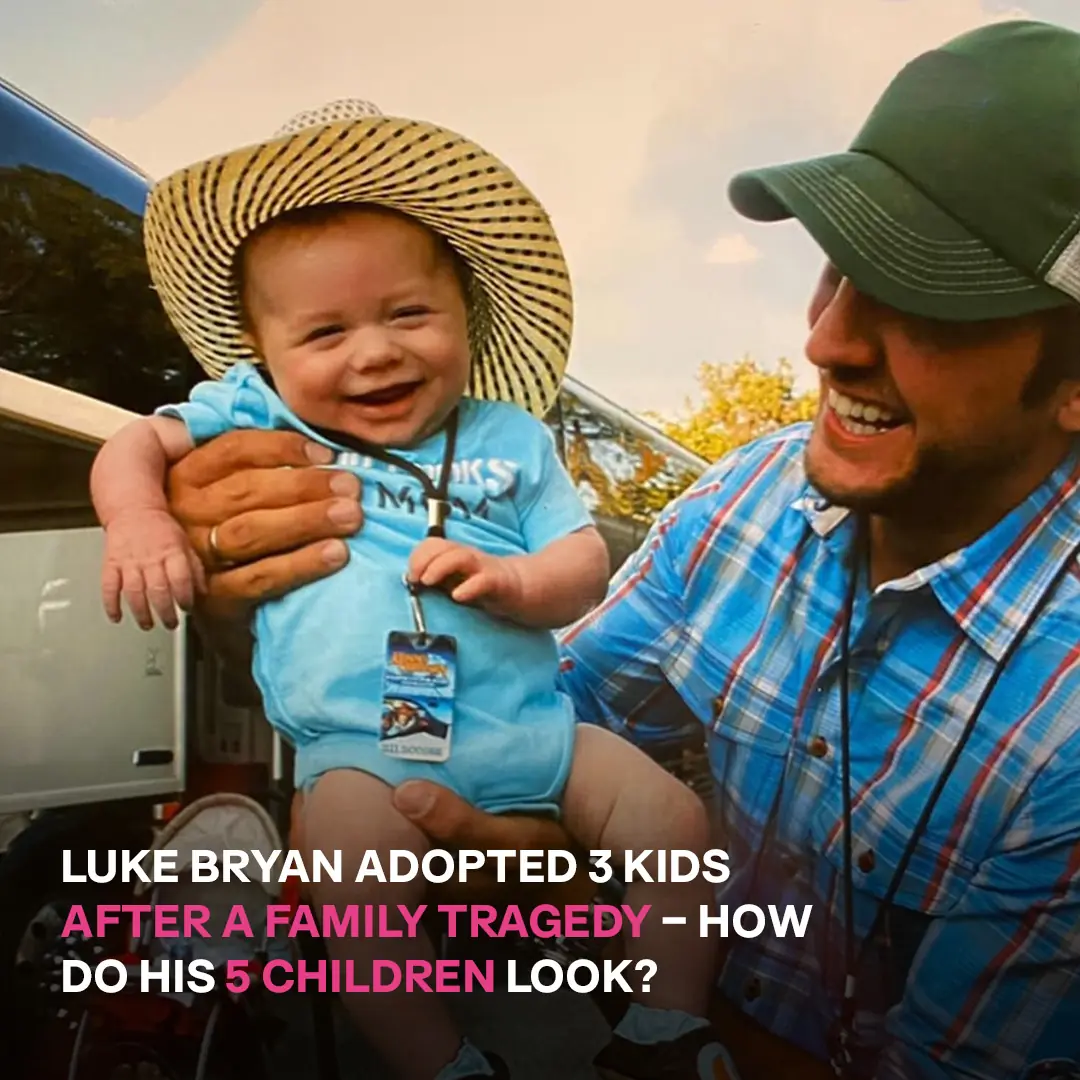
Luke Bryan Adopted 3 Kids After a Family Tragedy – Meet His Blended Family of 5
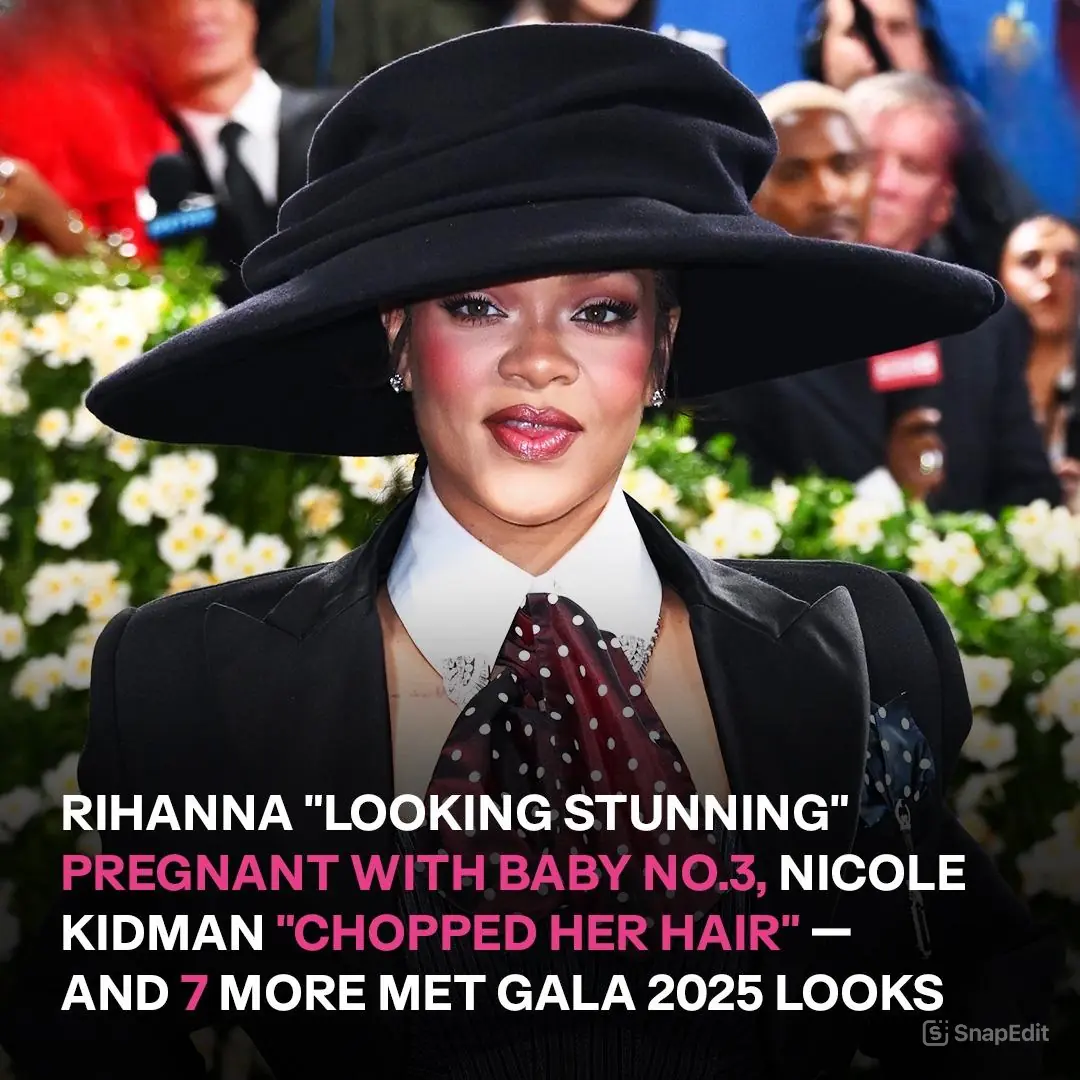
Met Gala 2025's 9 Hottest Looks: Rihanna 'Looking Stunning' Pregnant With Baby No. 3, Nicole Kidman 'Chopped Her Hair' & More
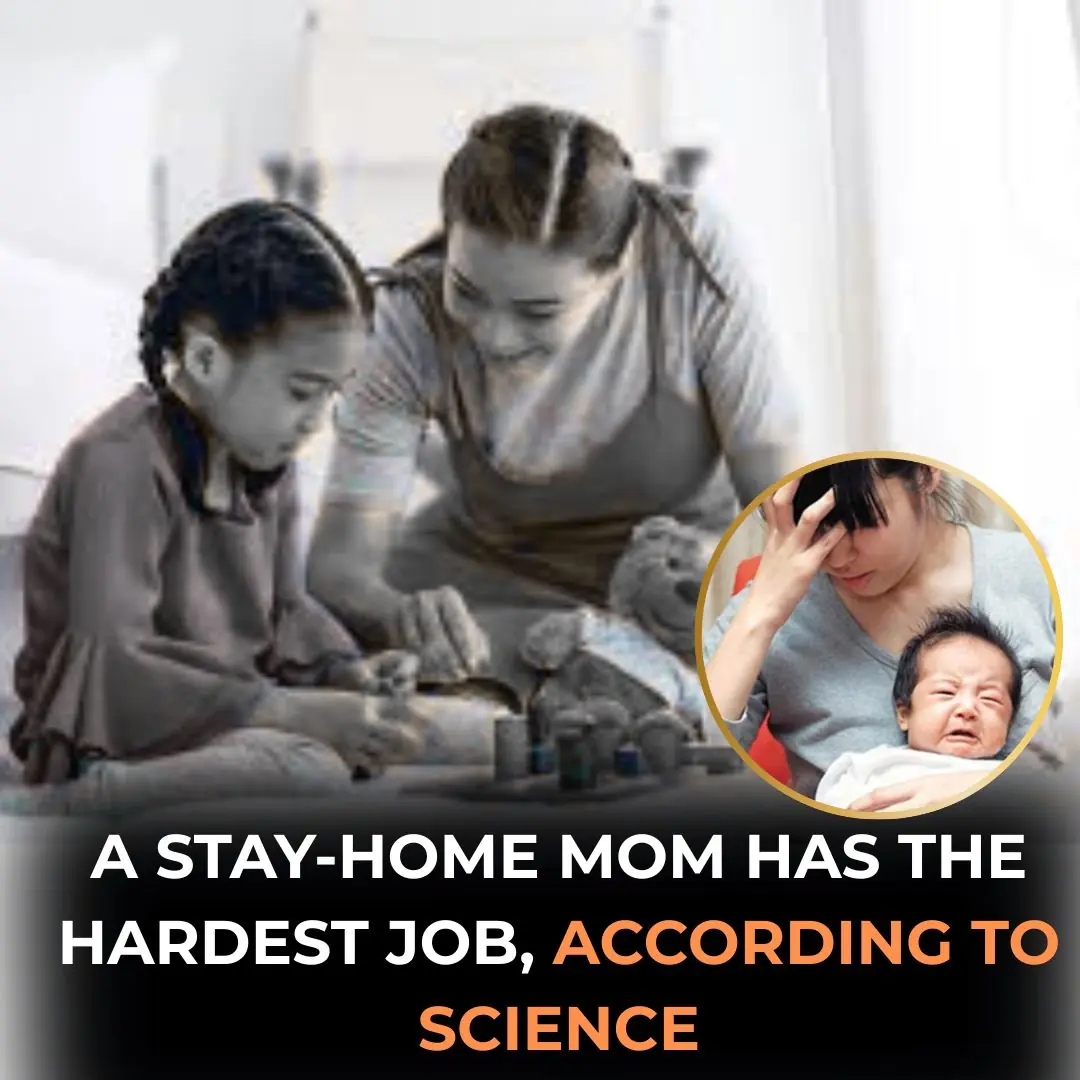
Staying at Home with Your Children is Harder Than Going to Work

She was dubbed ‘the most beautiful girl in the world,’ – This is what she looks like at 21
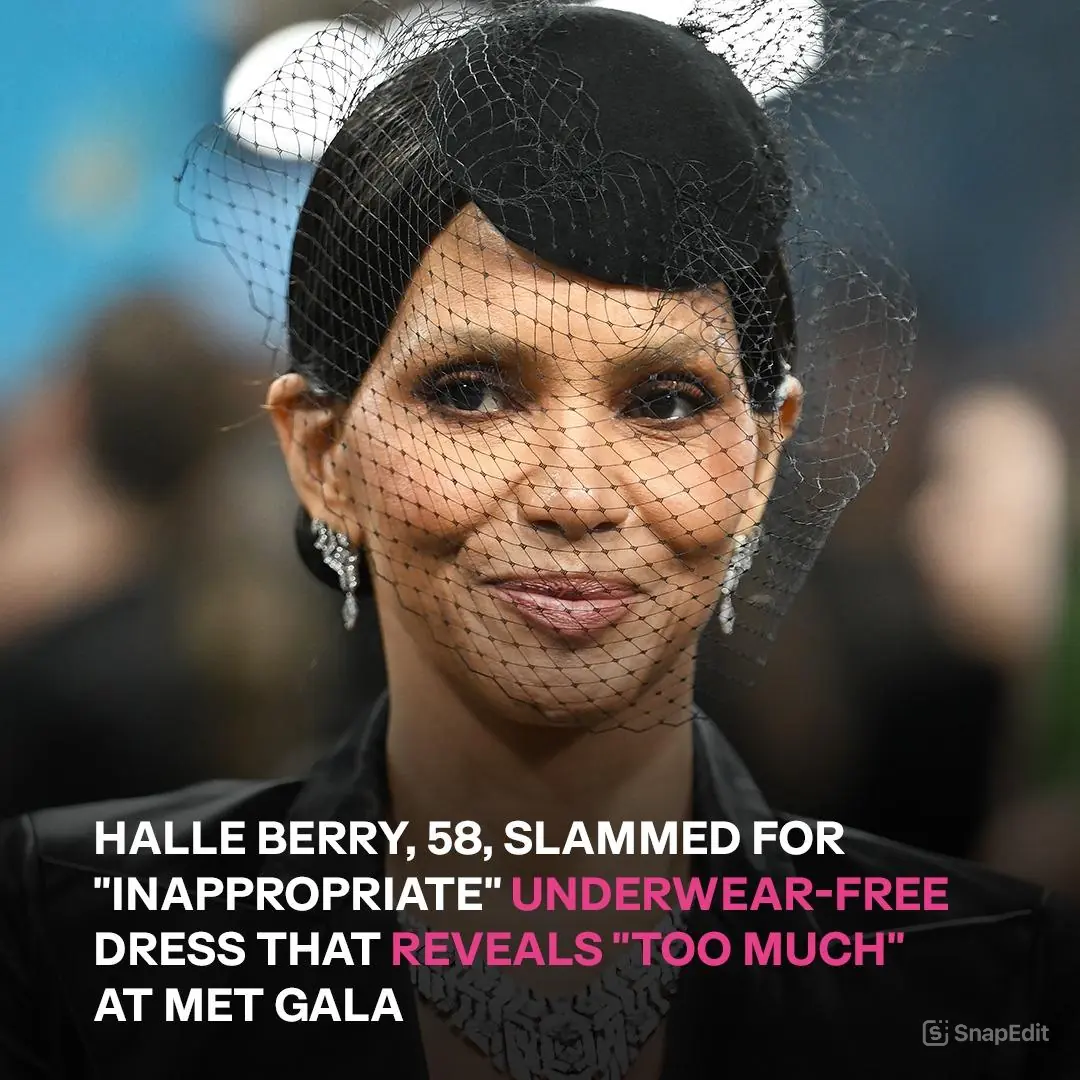
'Too Much': Halle Berry, 58, Causes a Stir with Her 'Risky' Sheer Gown with Black Stripes at the 2025 Met Gala - Photos
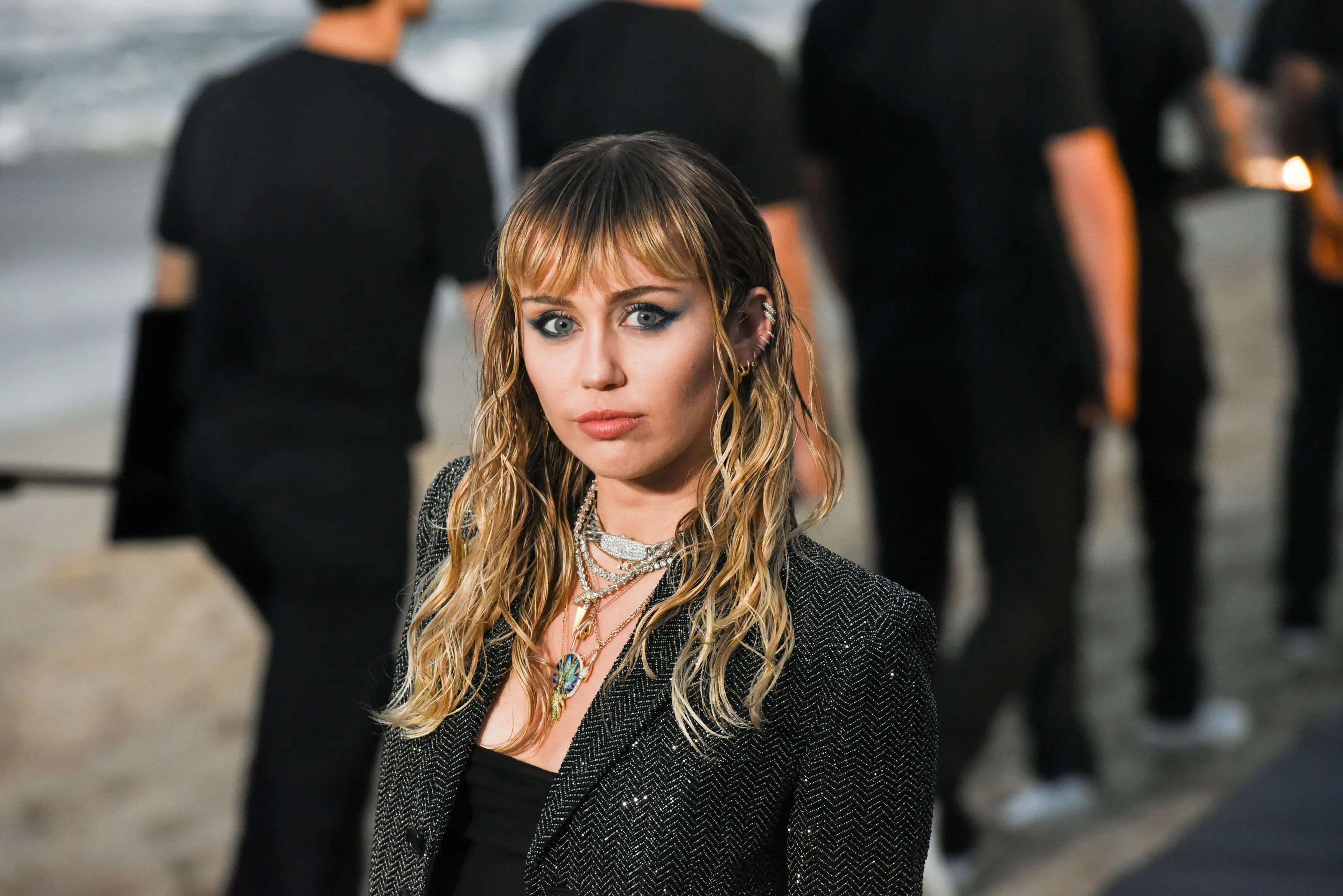
Miley Cyrus Sparks Buzz Over Her Teeth at the 2025 Met Gala
A glamorous entrance at one of fashion's biggest nights took an unexpected turn when sharp-eyed viewers noticed something different about the pop star's smile.
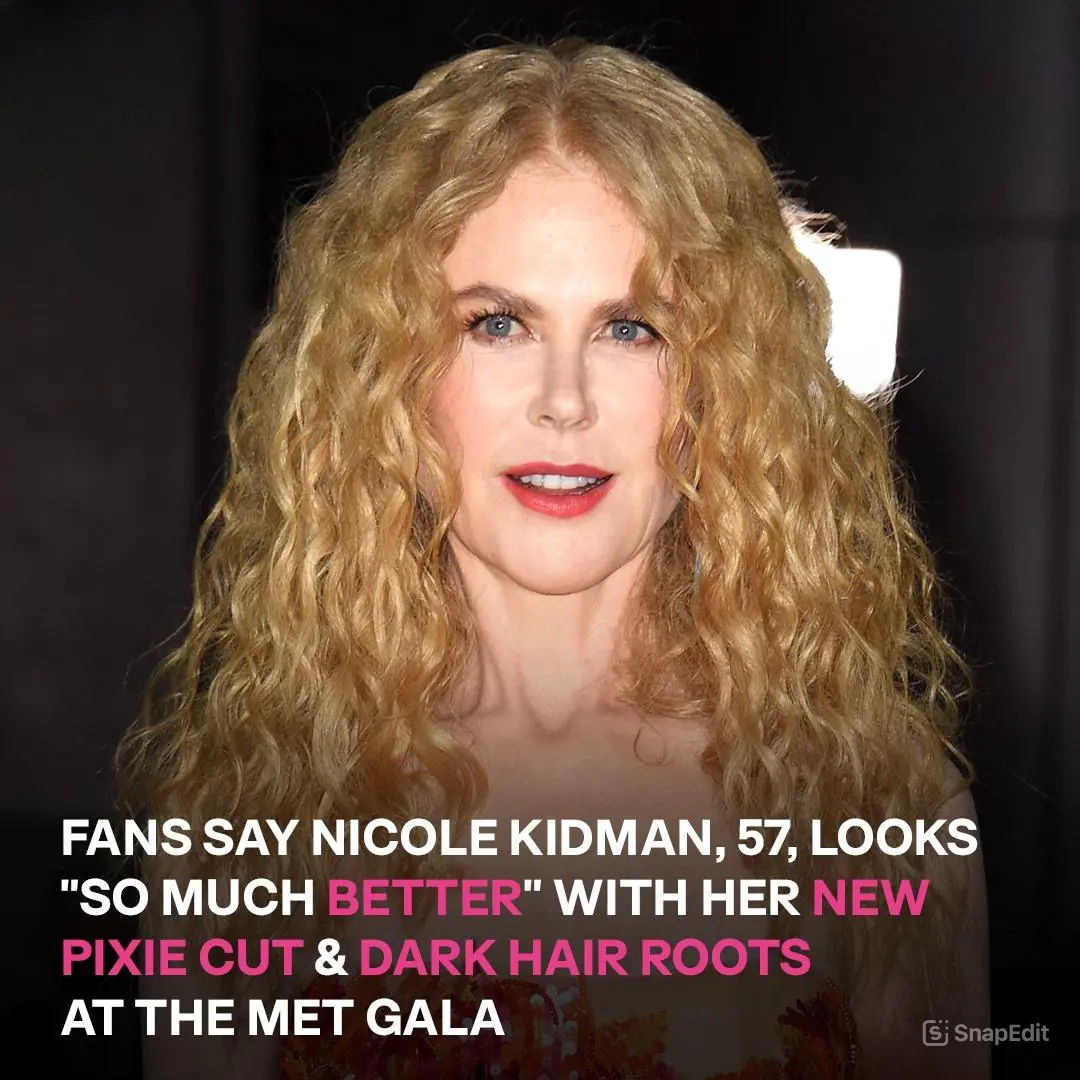
Nicole Kidman, 57, in a Stunning Black Gown, Debuts a Pixie Haircut With Dark Roots at the 2025 Met Gala, Igniting Buzz – Photos
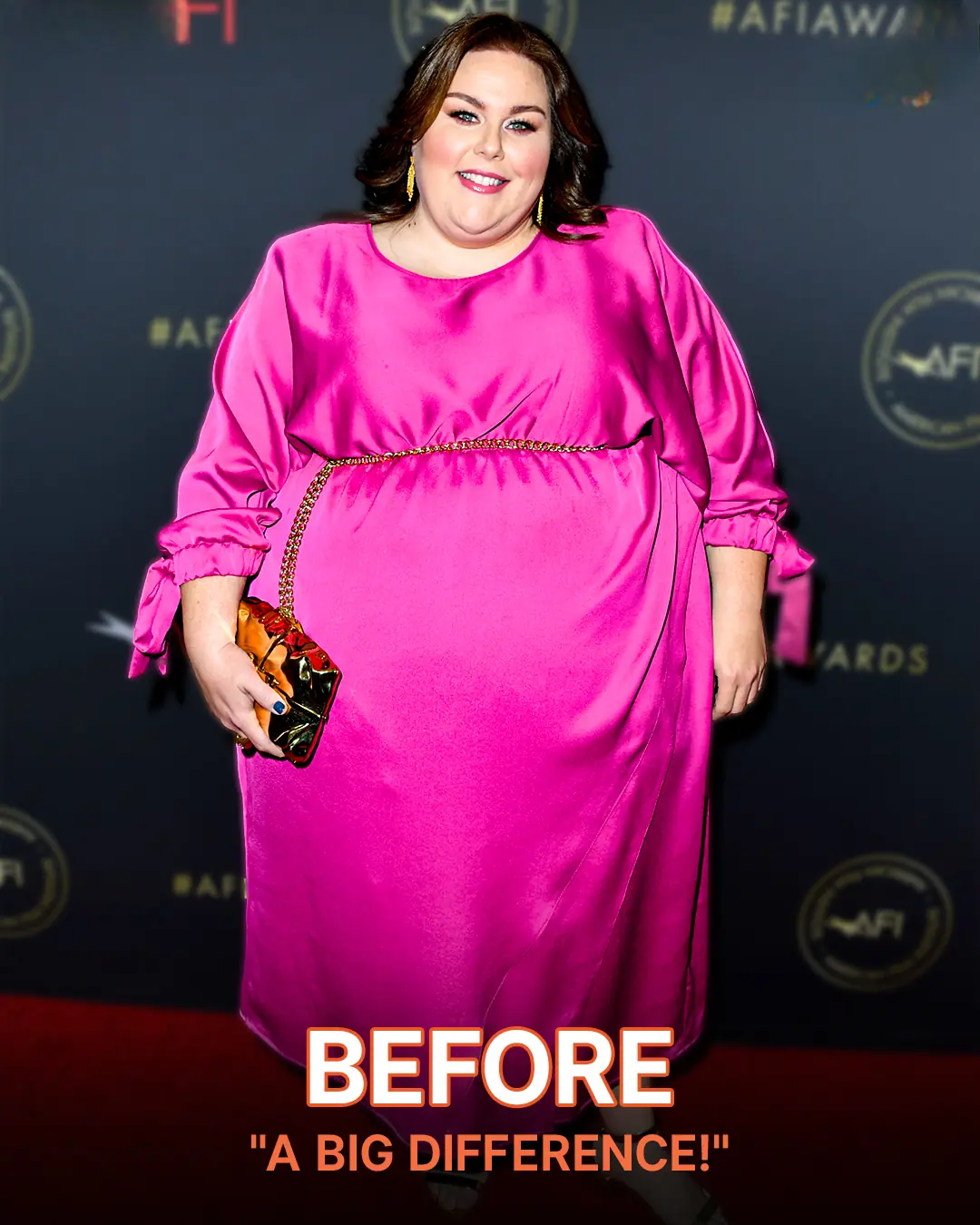
'This Is Us' Star Chrissy Metz Stuns in Multicolored Ruffled Dress at the Variety Power of Women Nashville Event – Photos
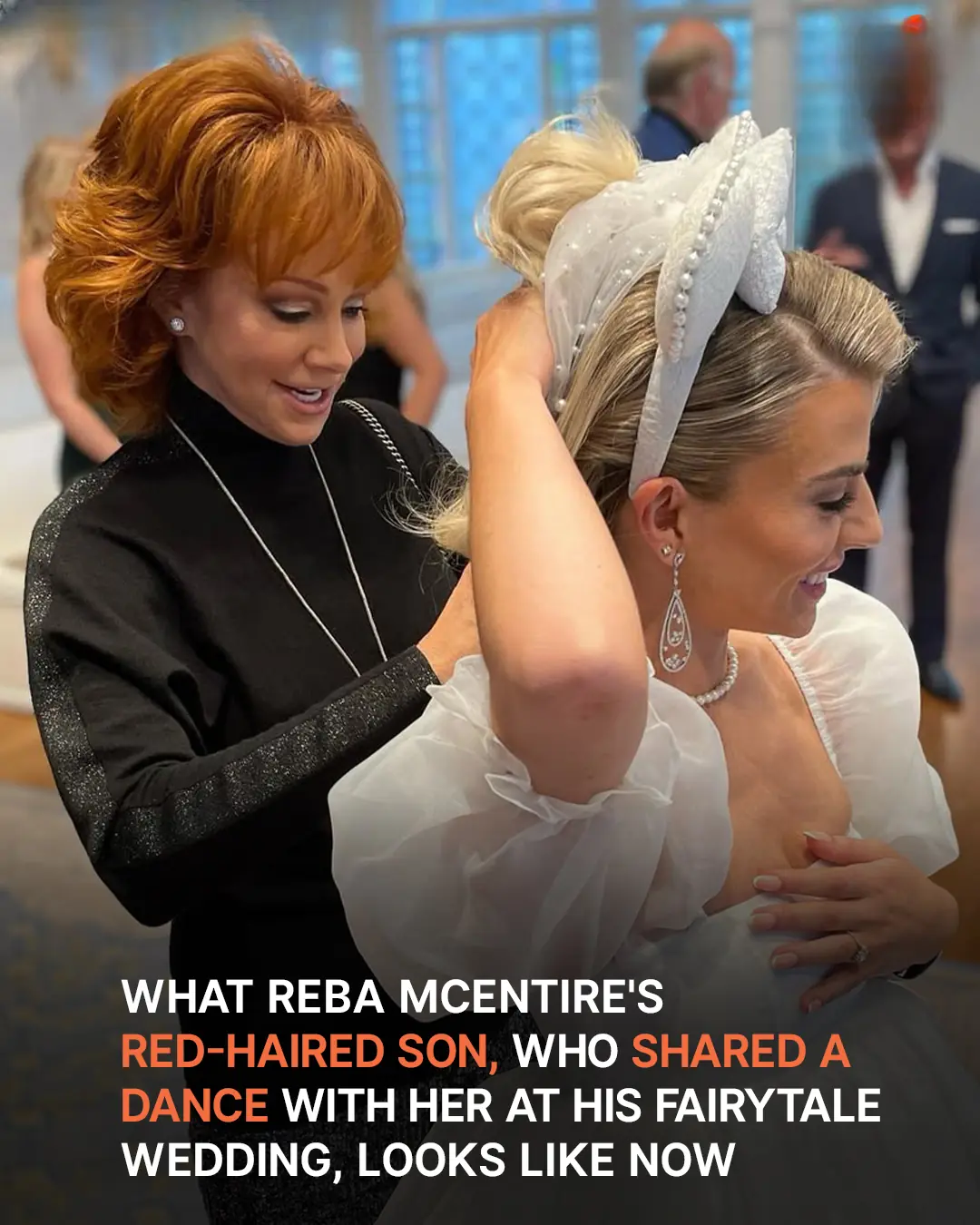
Reba McEntire Is a Proud Mom of One Son – She Shared a Heartwarming Dance with Him at His Fairytale Wedding
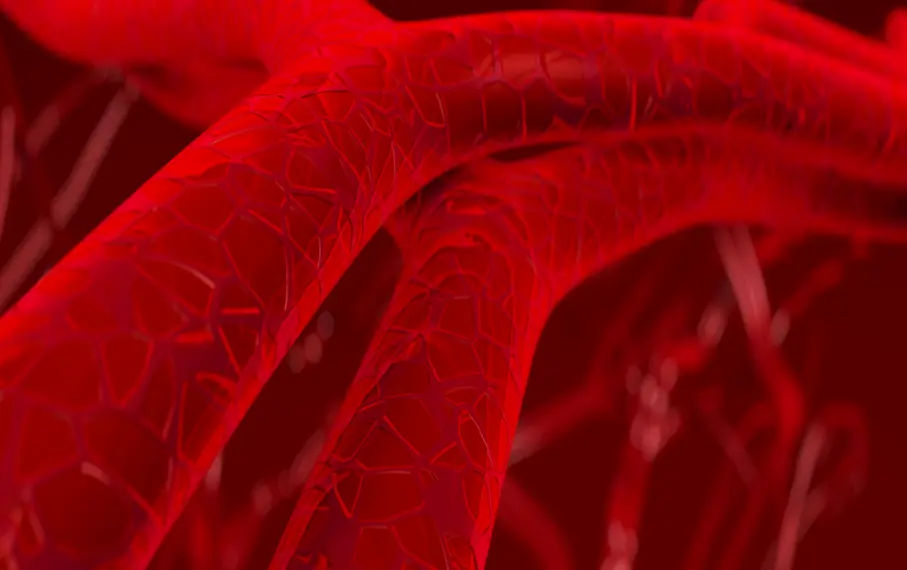
Top 10 Spices & Herbs to Support Arterial Health
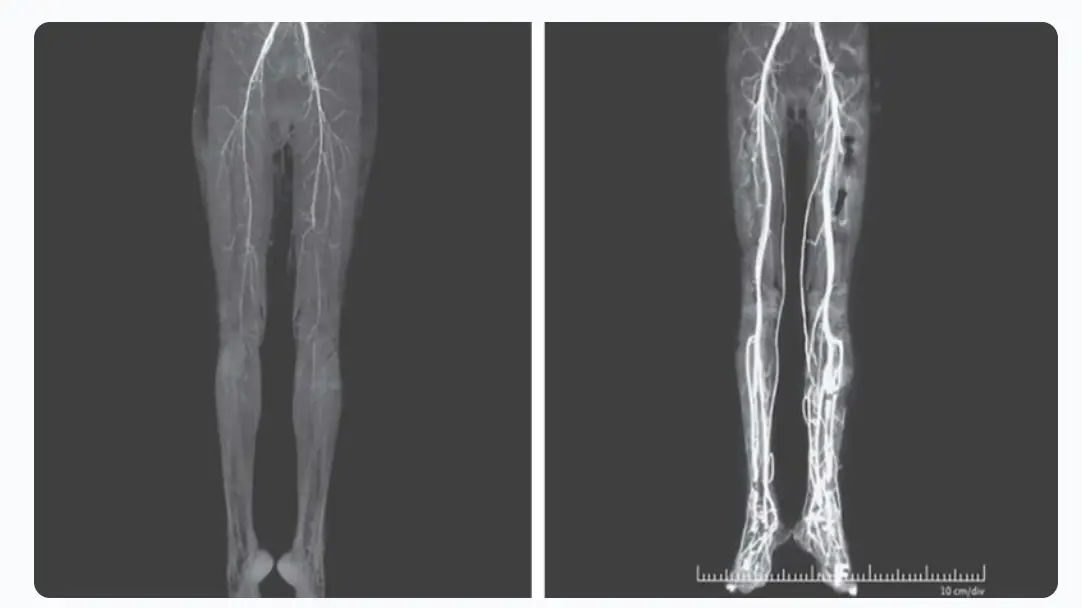
Woman Experiencing Burning Pains Turns Out To Have Medieval ‘Holy Fire’ Disease
News Post

Preventing Stroke and Cerebral Infarction: Remember These 3 Health Indicators, 1 Critical Condition, and 6 Things You Should Never Ignore
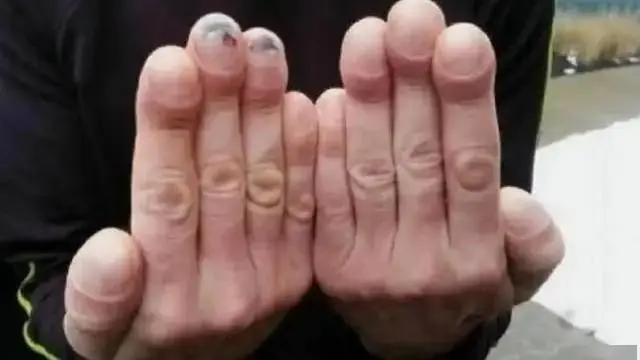
4 Changes in Your Fingers That Could Be Signs of Lung Can.cer – See a Doctor Immediately!
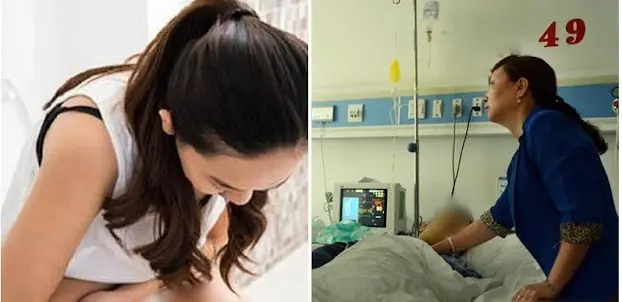
Cancer Doesn’t Hurt at First, But If You Notice These 8 Signs During Bathroom Visits, See a Doctor Immediately: Don’t Ignore Them

Details About Donald Trump Not Being Invited Back to the Met Gala Resurface - What Happened

She Was Dubbed 'The Most Beautiful Girl in the World' at 5 – How She Has Changed Will Shock You
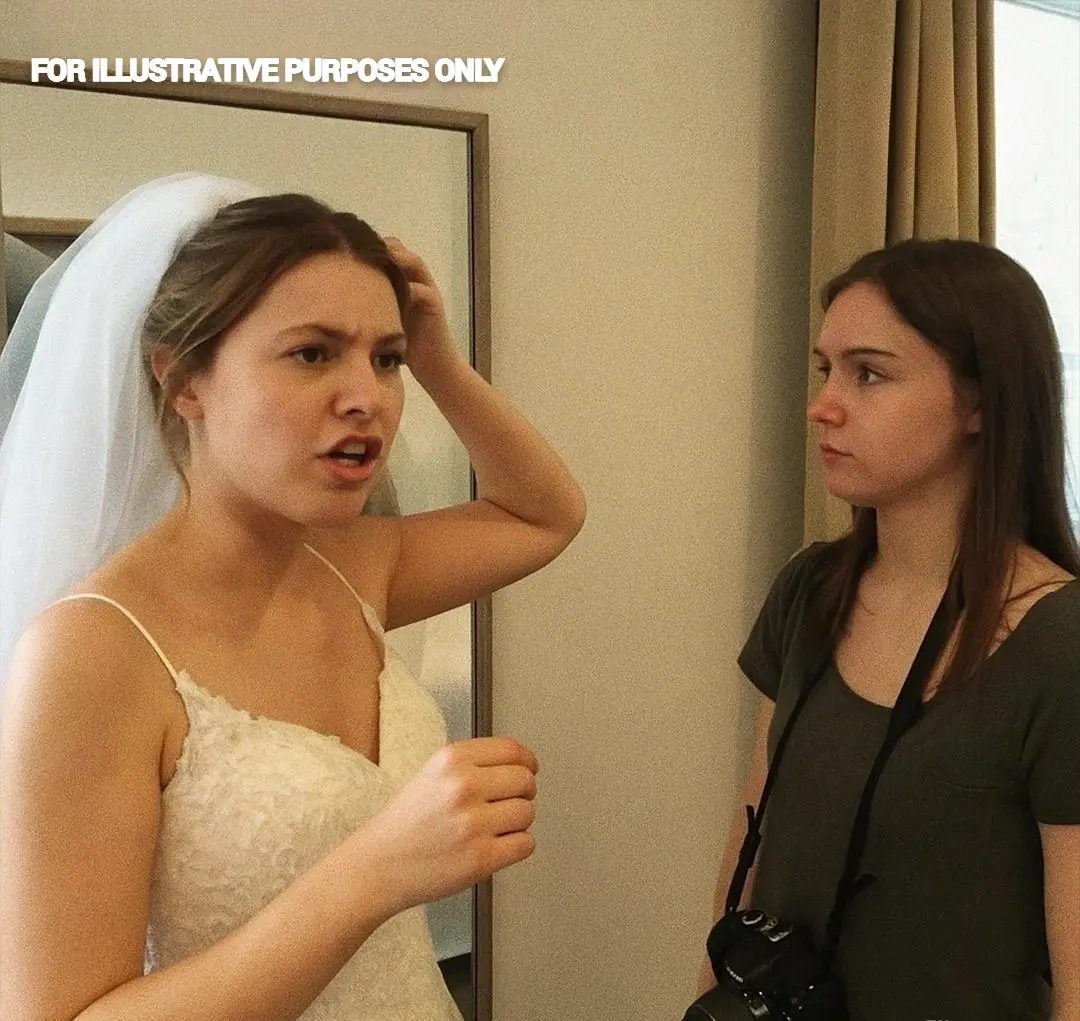
I Photographed My Half-Sister's Wedding for Free, but She Said I Didn't Deserve a Seat Because I Was Working and Not a Guest

Ozempic at the Met Gala: 5 Celebs Who Reportedly Show Drastic Weight Loss — Hollywood Doctors Speak Out
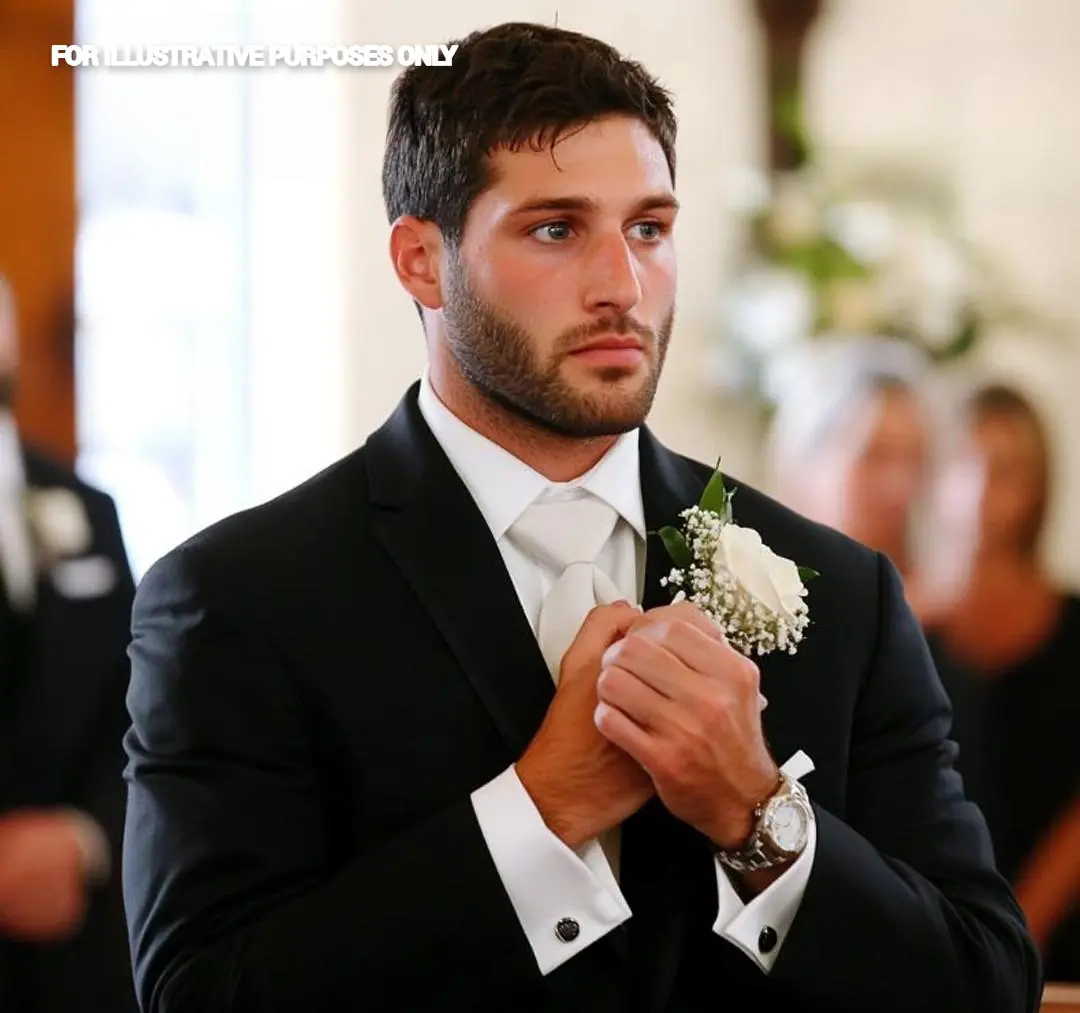
I Noticed the Groom Kept Rubbing His Wrist at My Best Friend’s Wedding—So I Stepped in and Exposed a Terrible Secret

Anne Hathaway Faces Plastic Surgery Speculation After 'Tight' Met Gala Look Goes Viral

Administrator of Liam Payne's $32.2 Million Estate Revealed, Causing a Public Stir
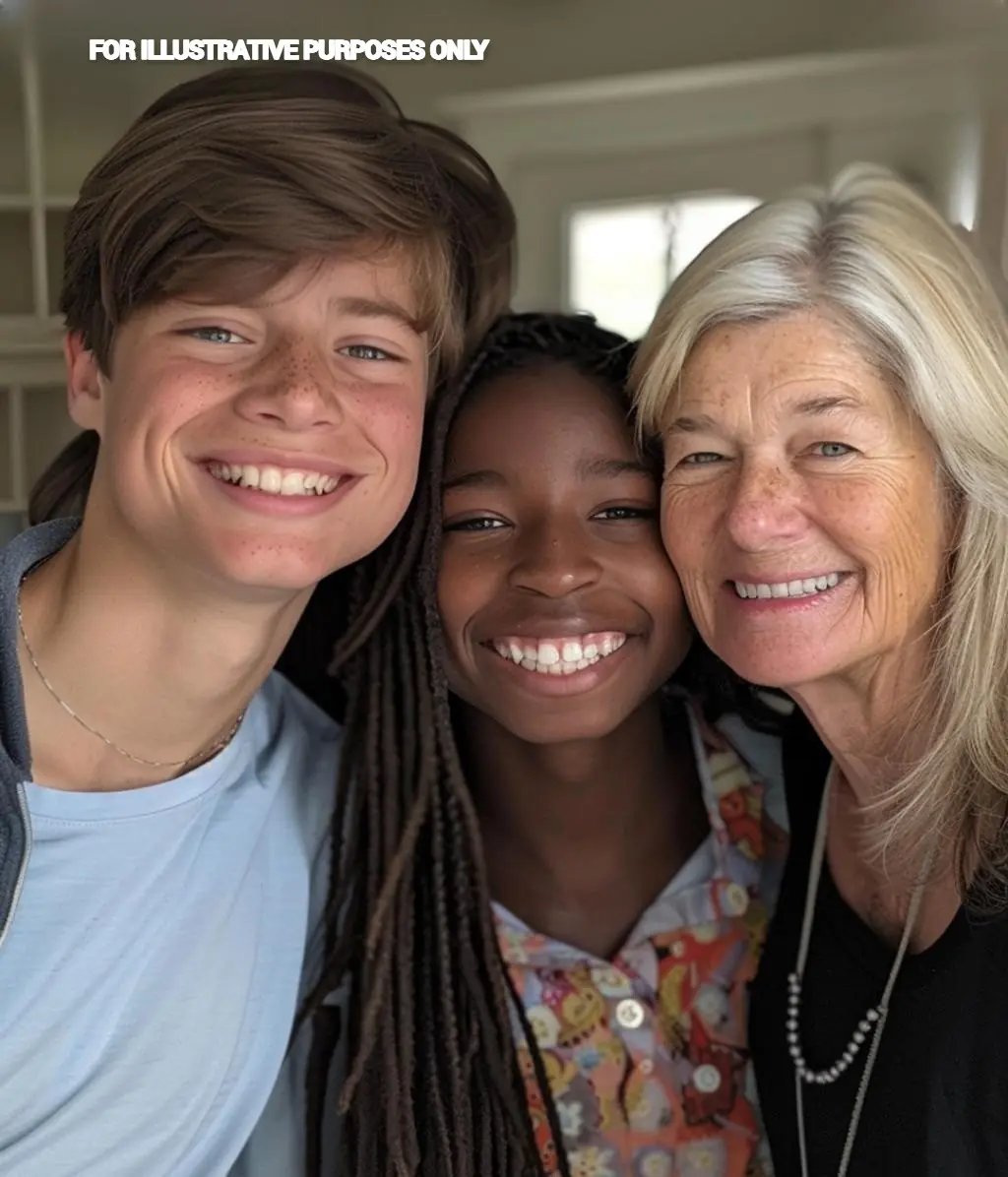
My Brother Forbade Me from Giving the Speech at Our Mom's Funeral Because 'No One Wants to Hear from the Adopted One'
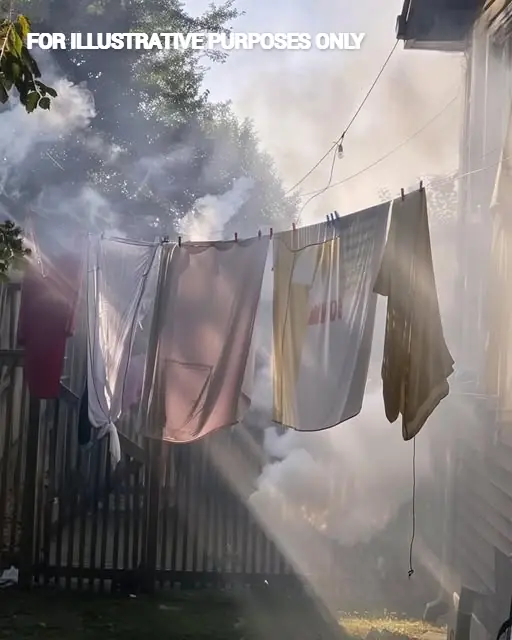
My Neighbor Started a Barbecue Every Time I Hung Laundry Outside Just to Ruin It
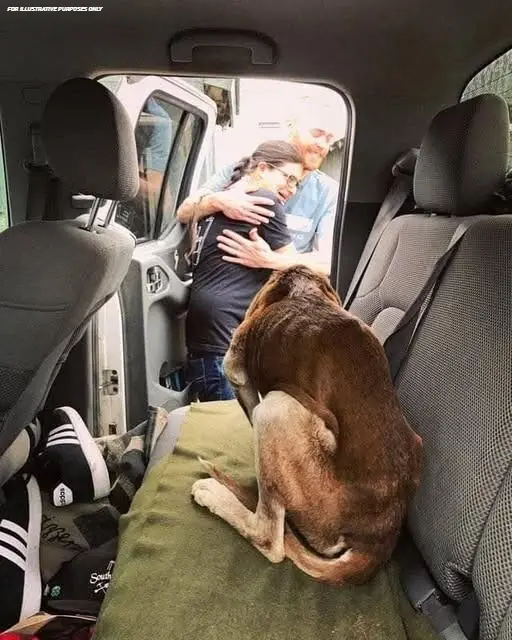
I DROVE HOURS TO RESCUE THIS DOG—BUT I NEVER EXPECTED WHO WAS WAITING AT THE DOOR
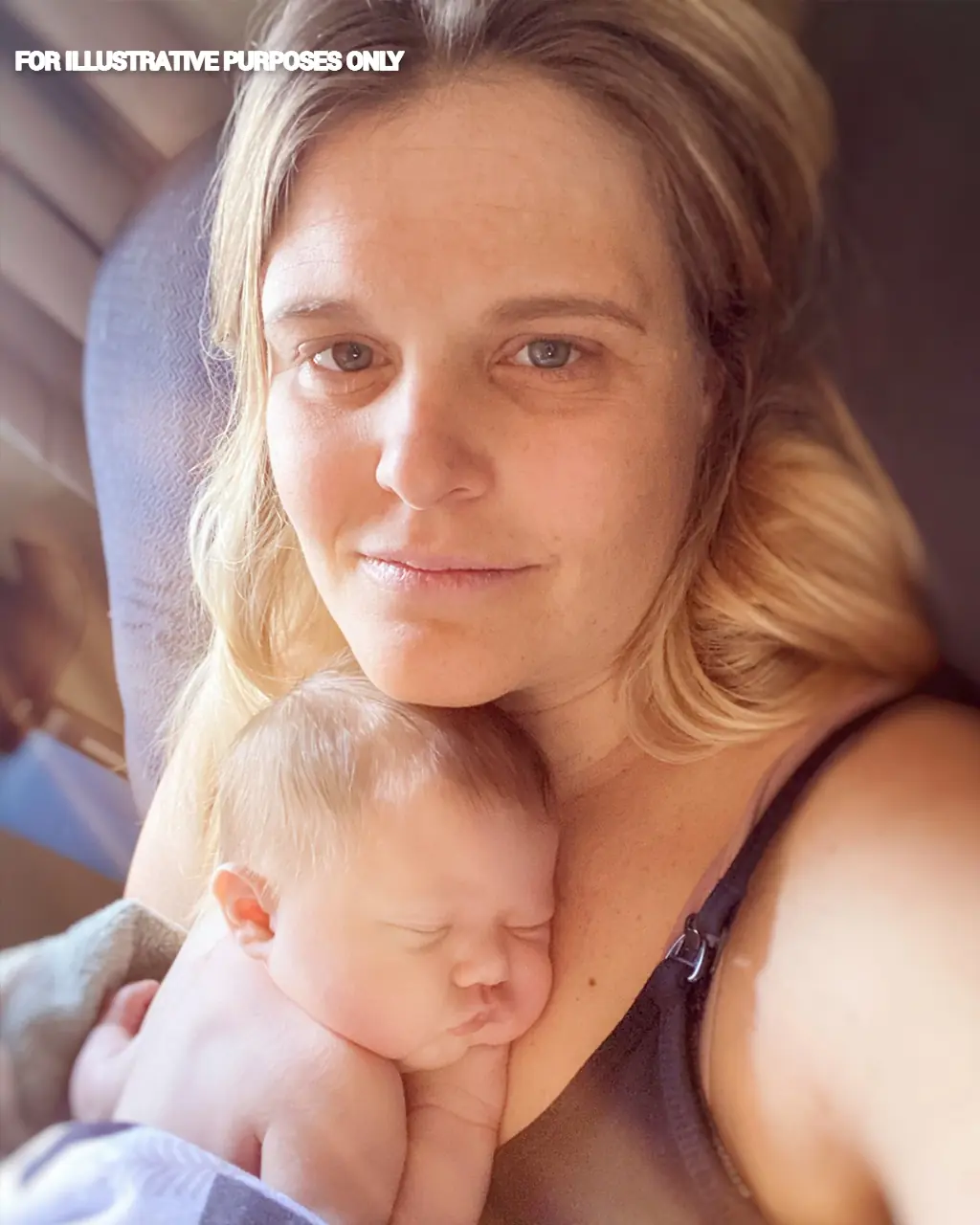
Wife and Kids Were Starving While Husband Pampered Himself with Luxuries — Story of the Day
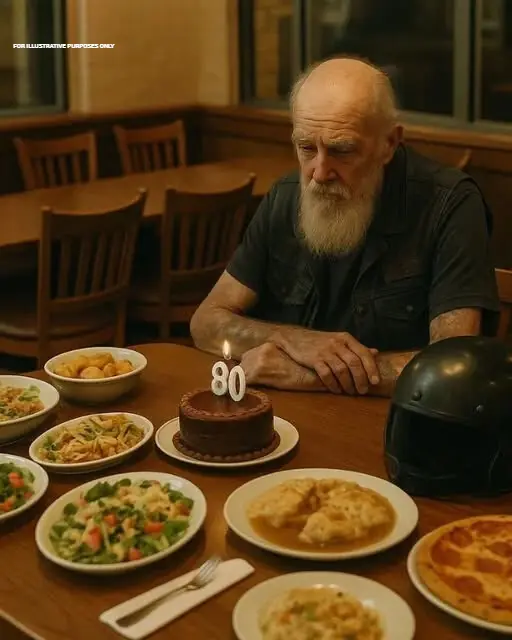
Not a single family member showed for my Biker Grandpa’s 80th birthday

She Walked Two Miles Every Day So Her Son Could Get to Football Practice. Peyton Manning Found Out — and Bought Her a Minivan.
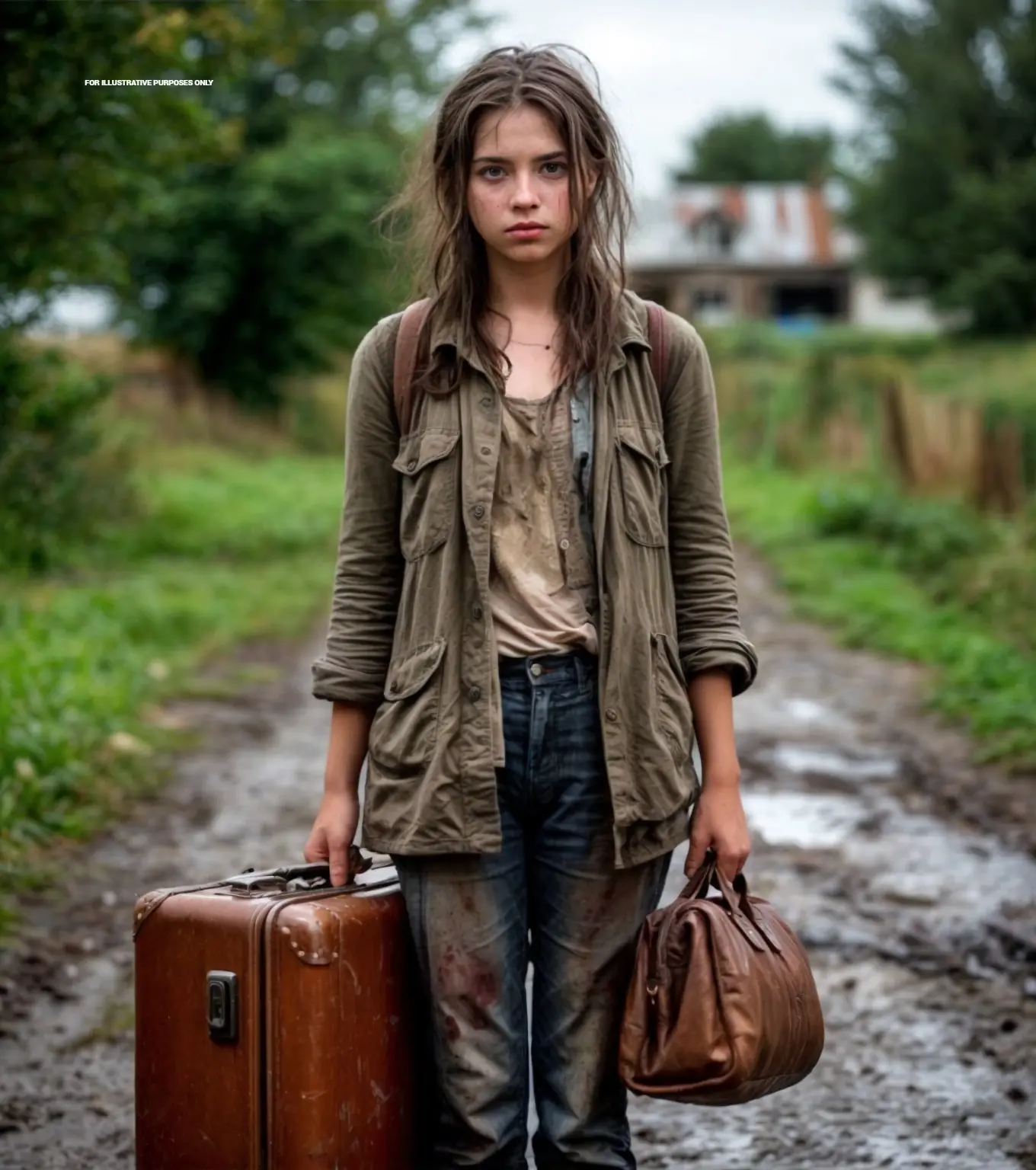
A desperate orphan with a suitcase knocked on the door of a restaurant. The owner was stunned when he learned her last name.
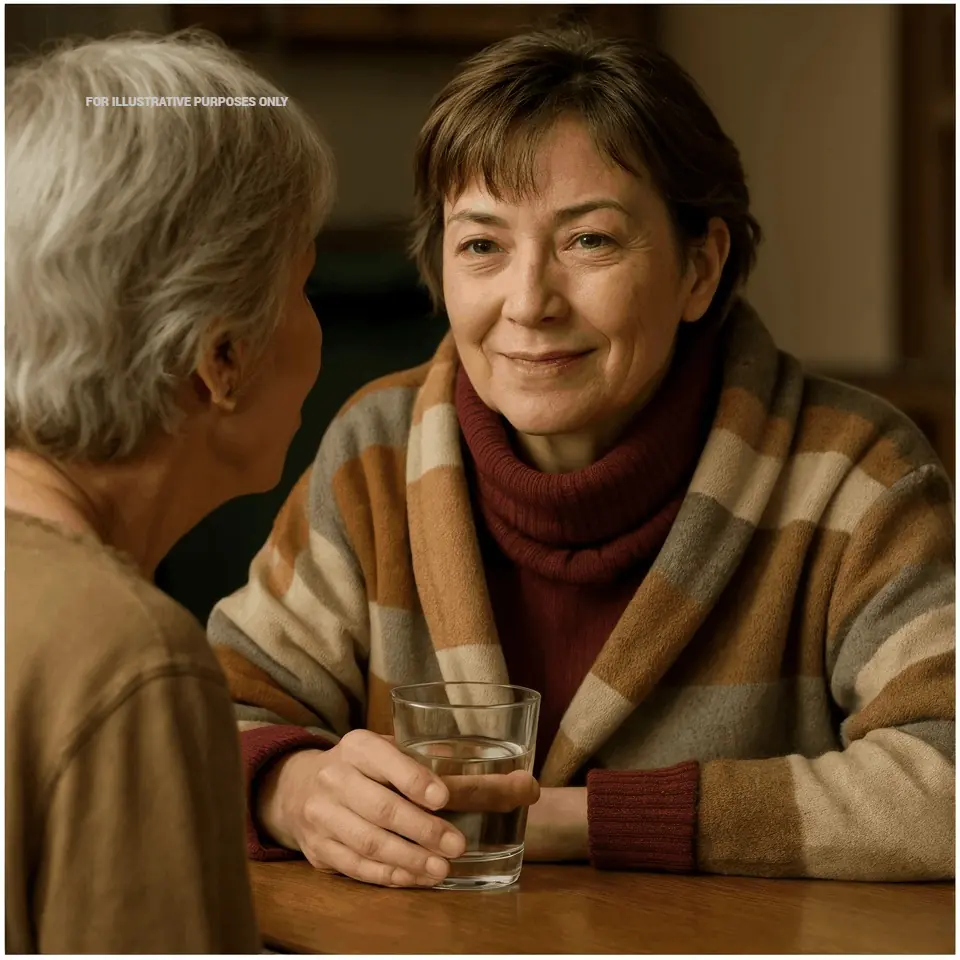
The widow was taking care of her bedridden mother-in-law. Upon returning home, she saw a suspicious car at the gate
